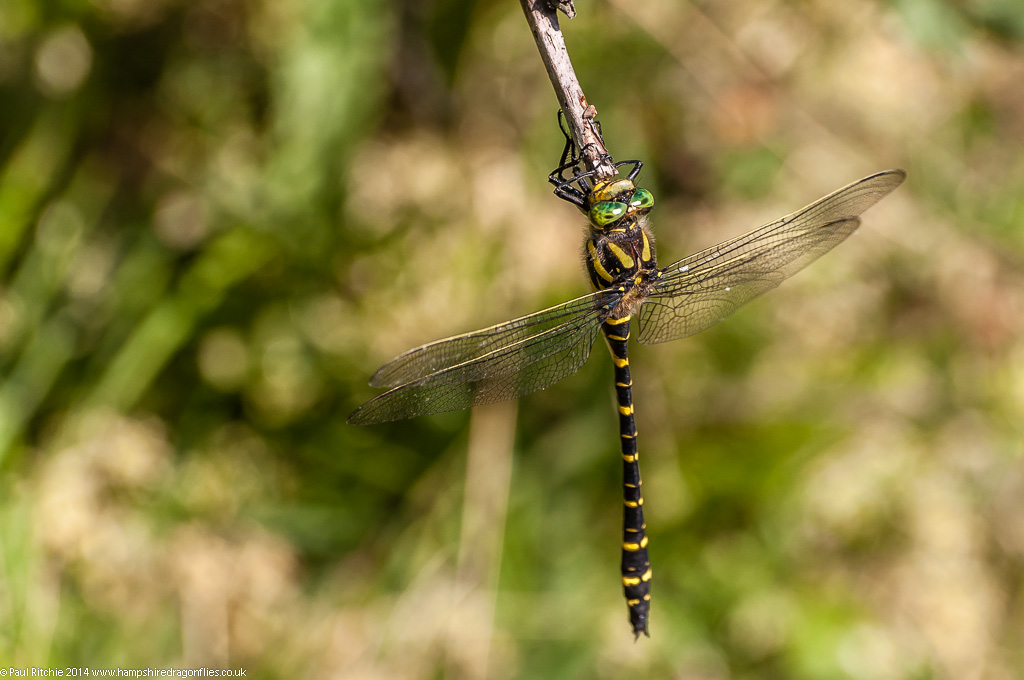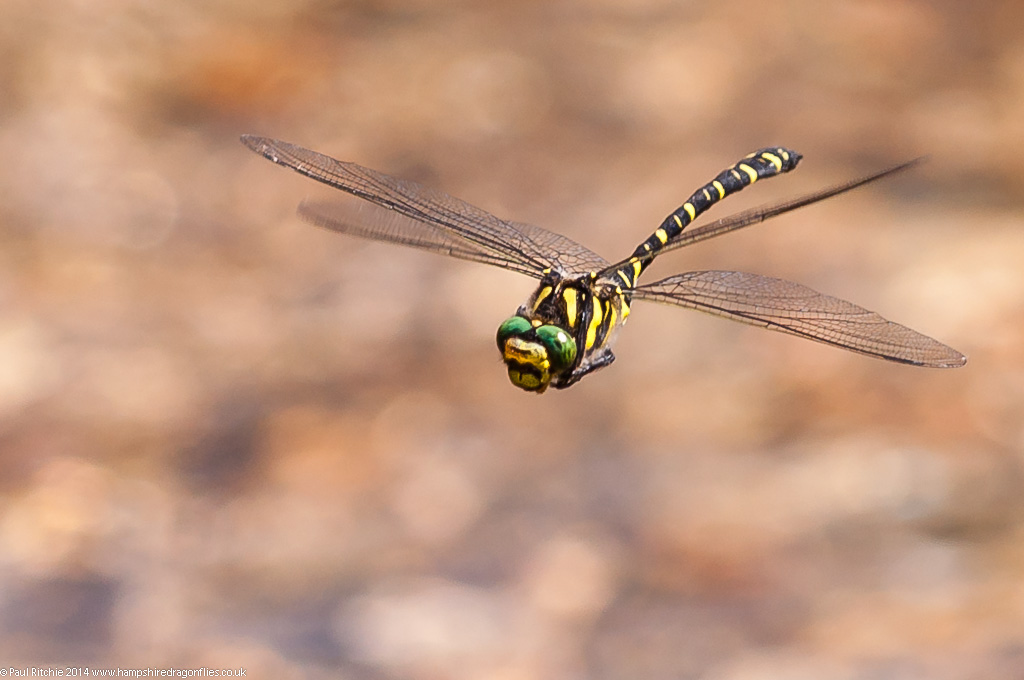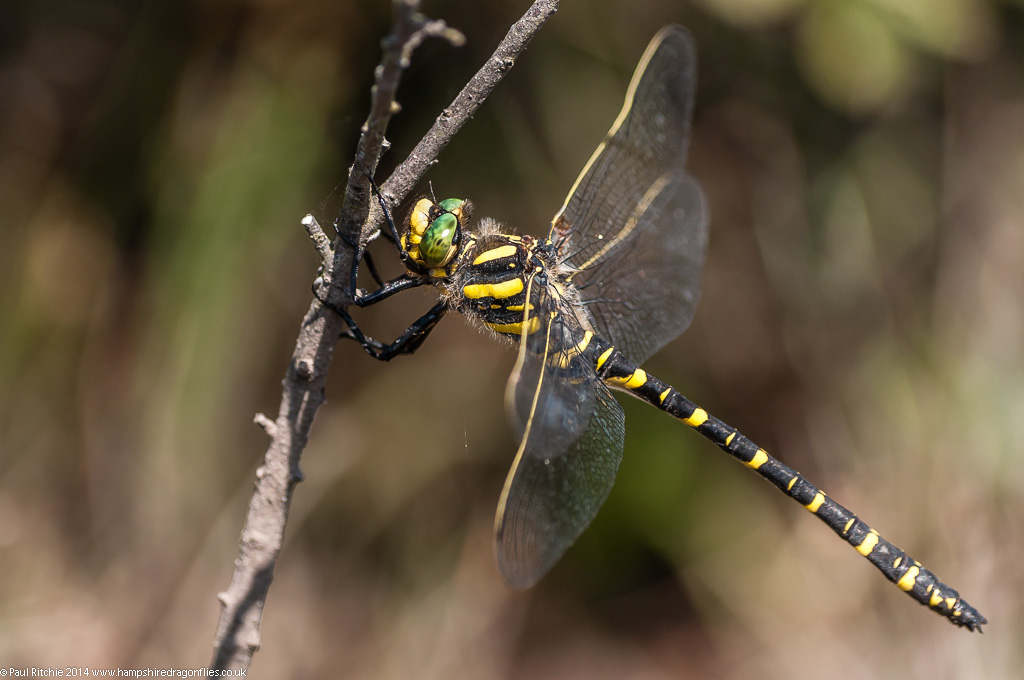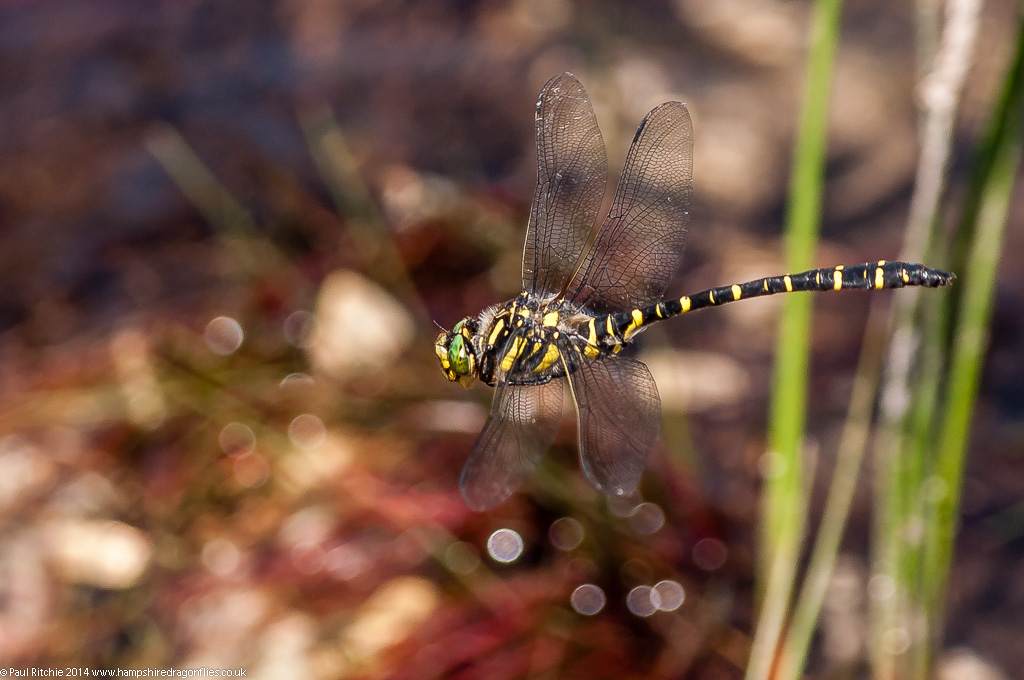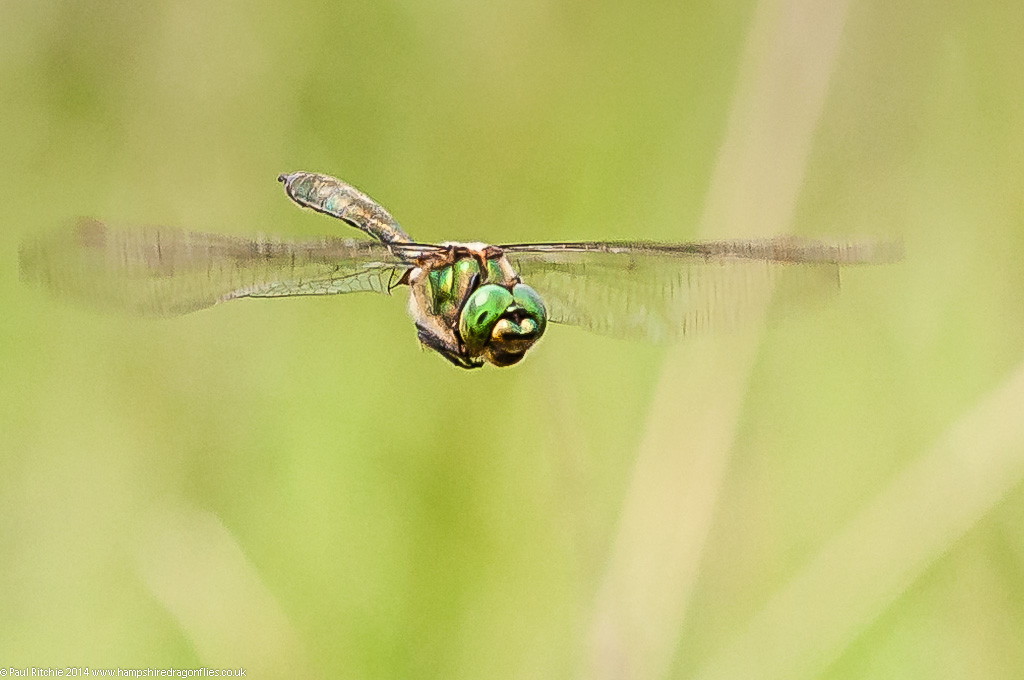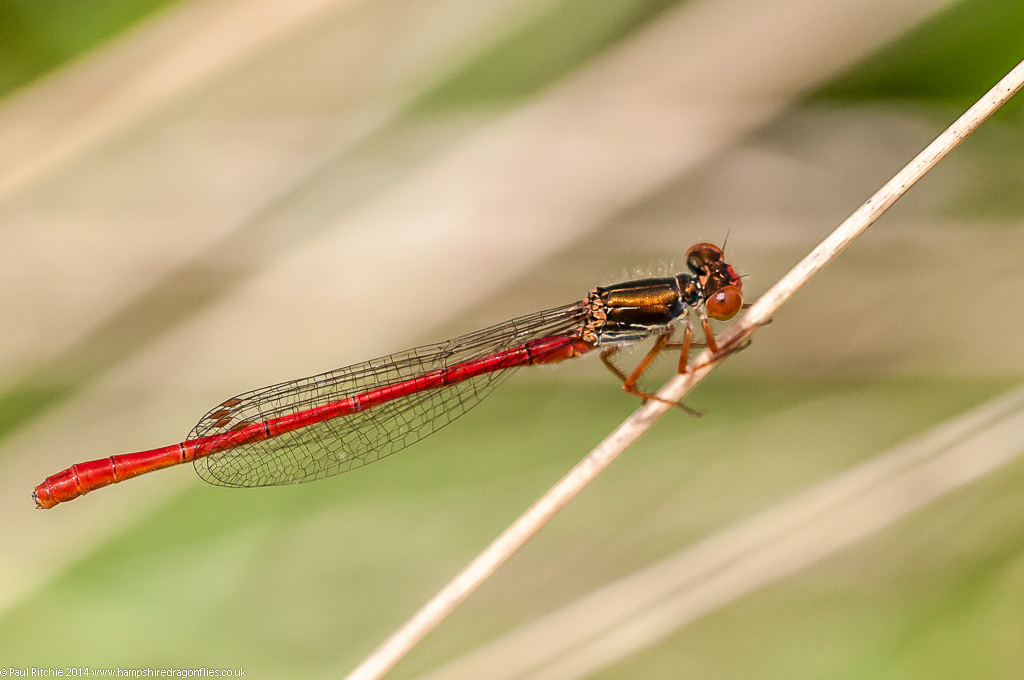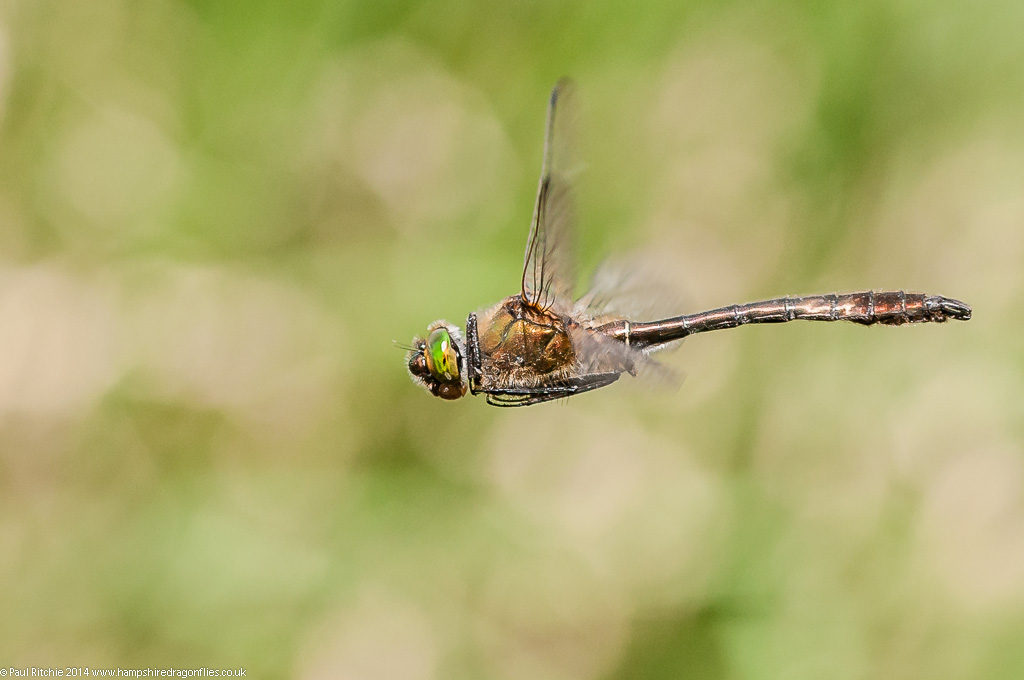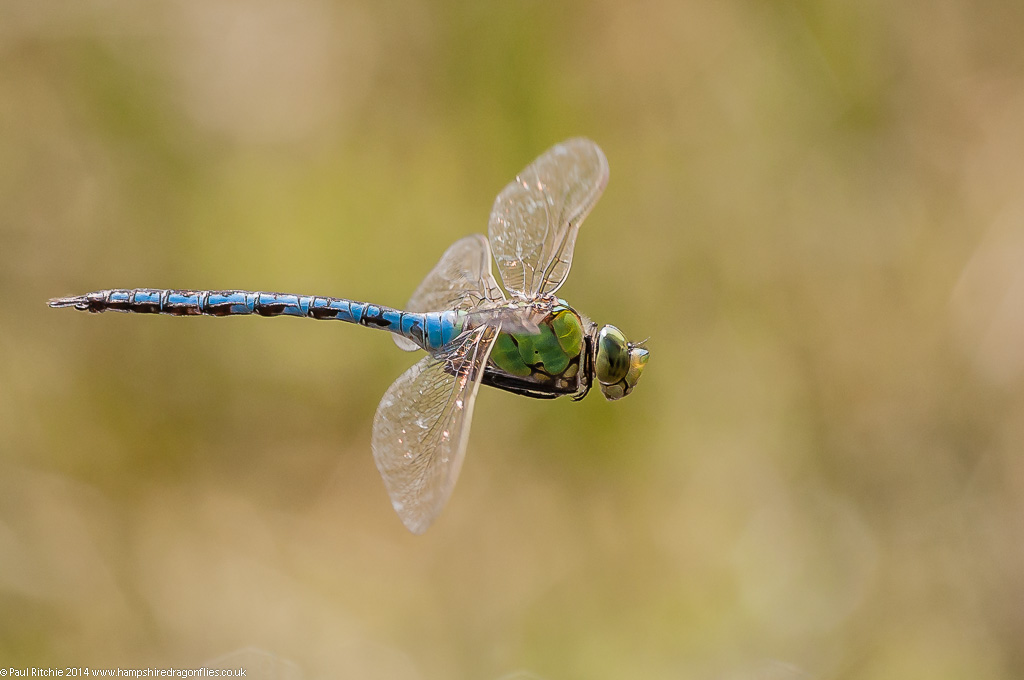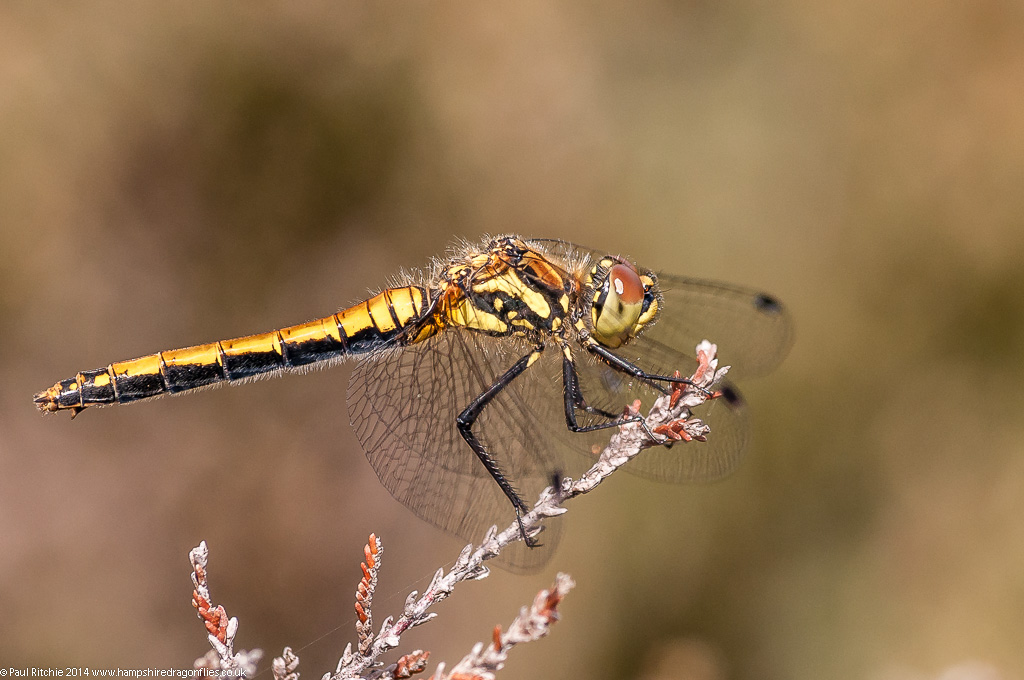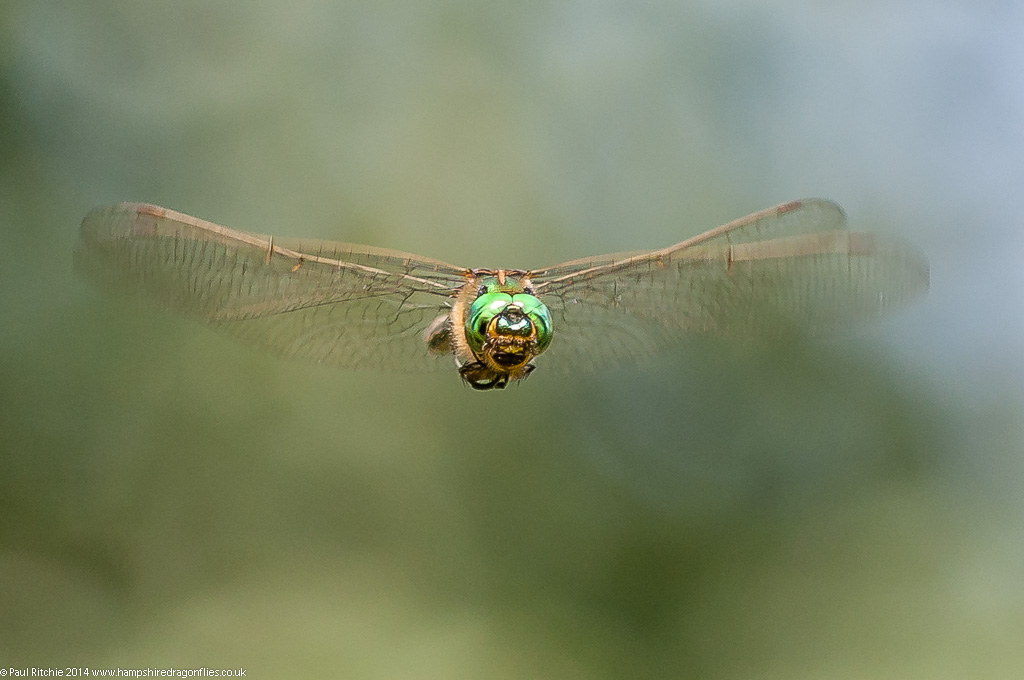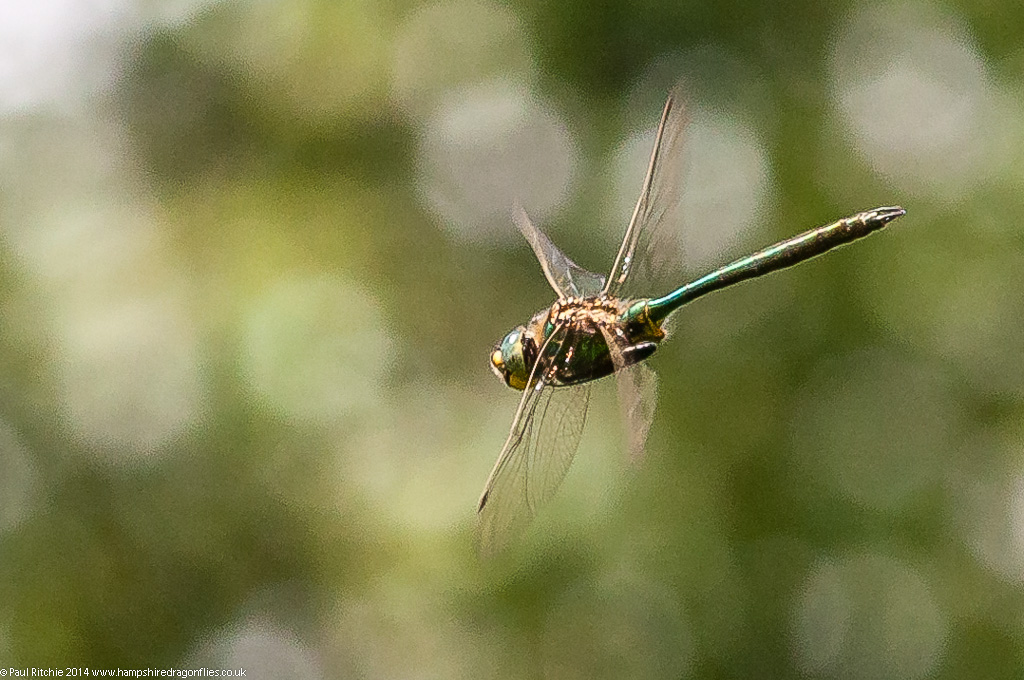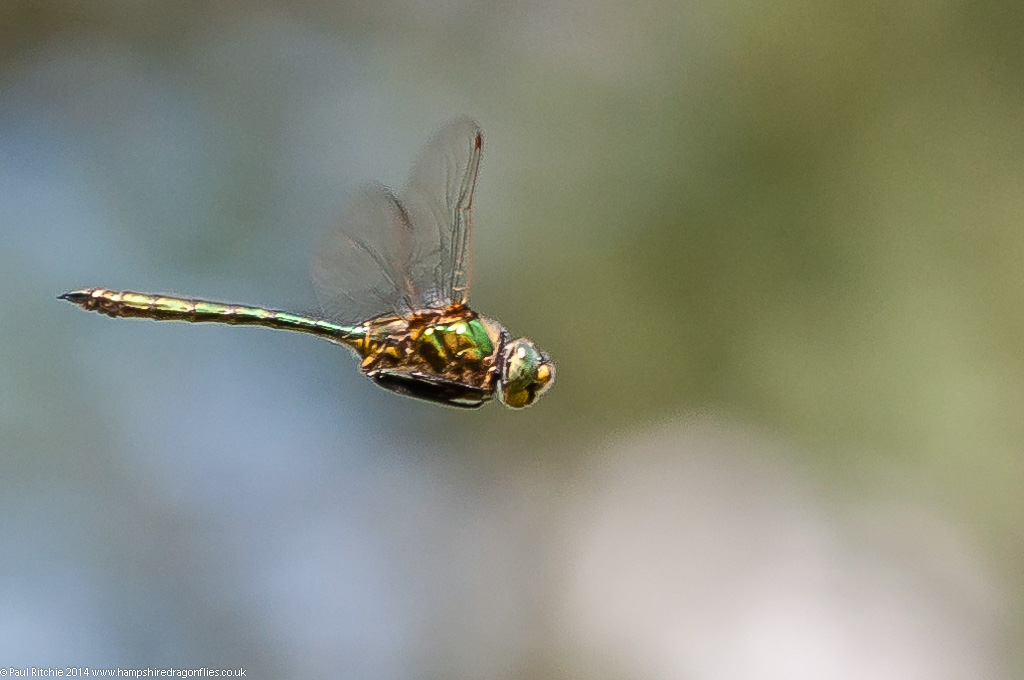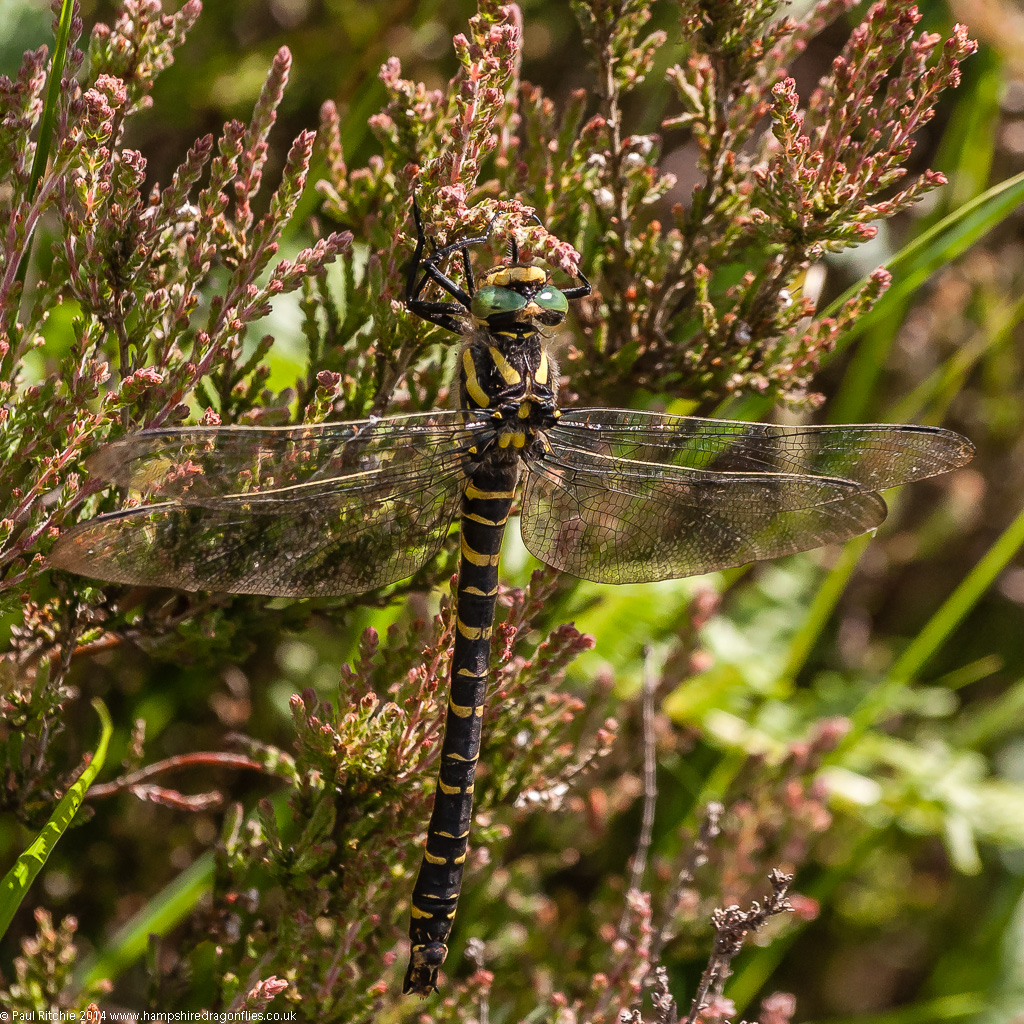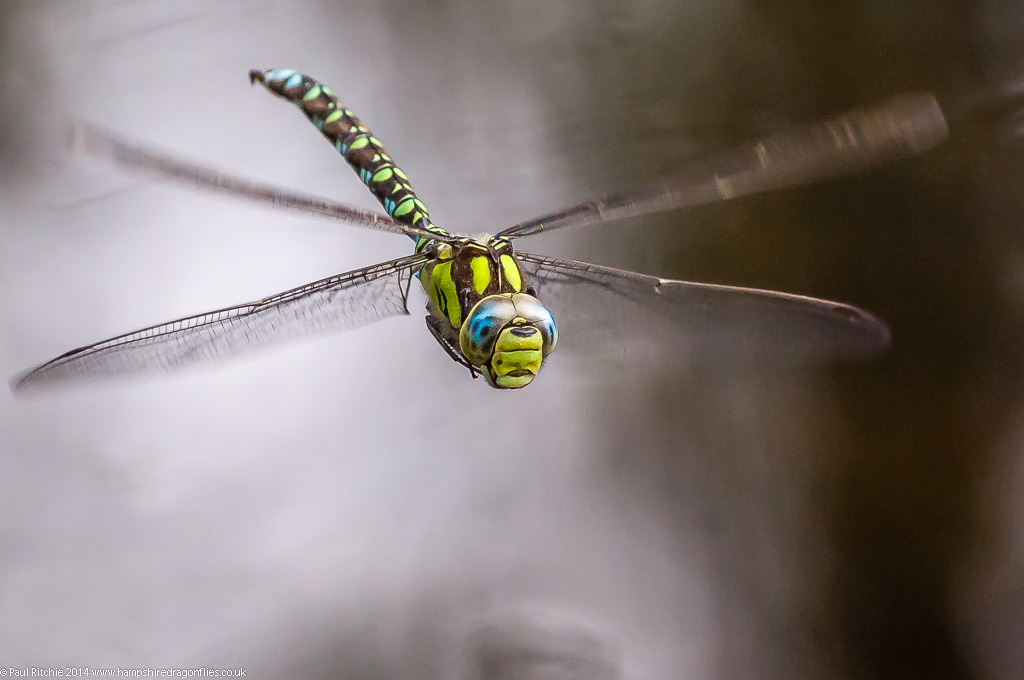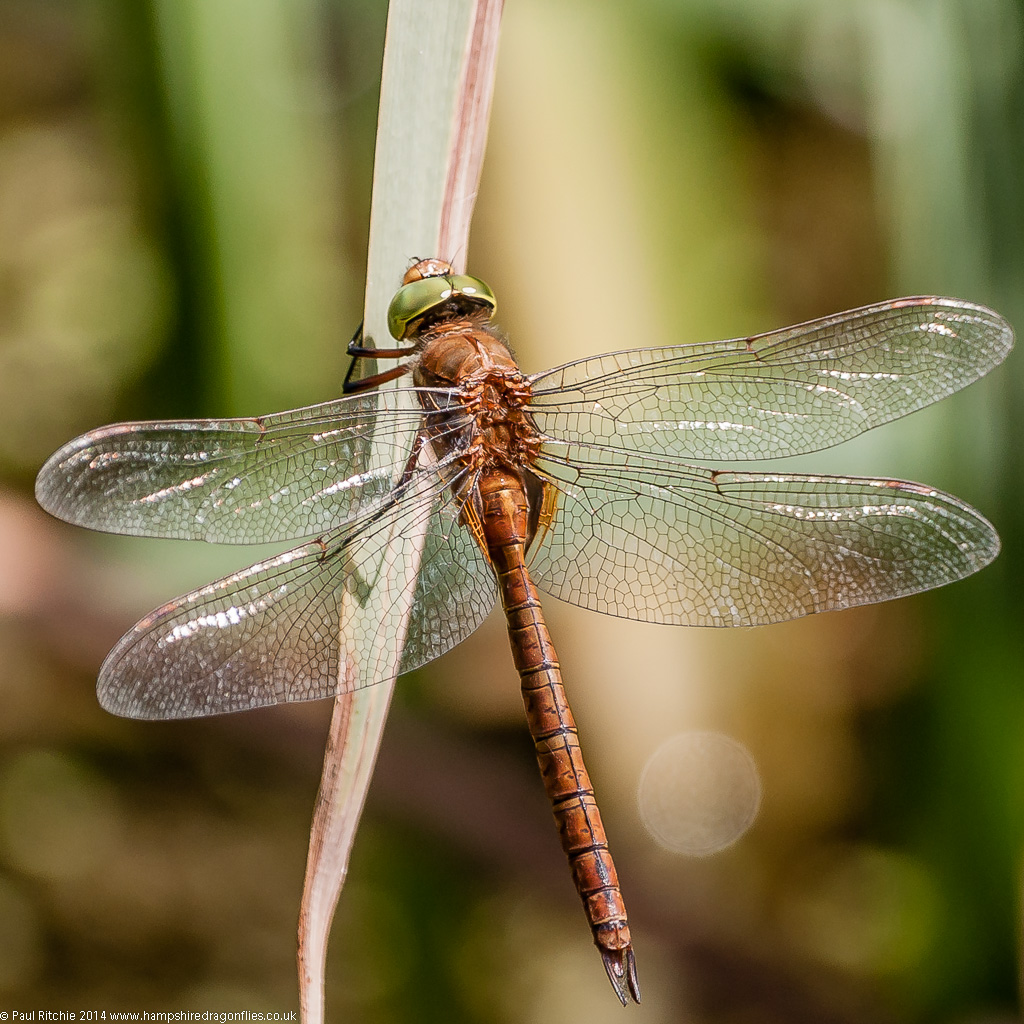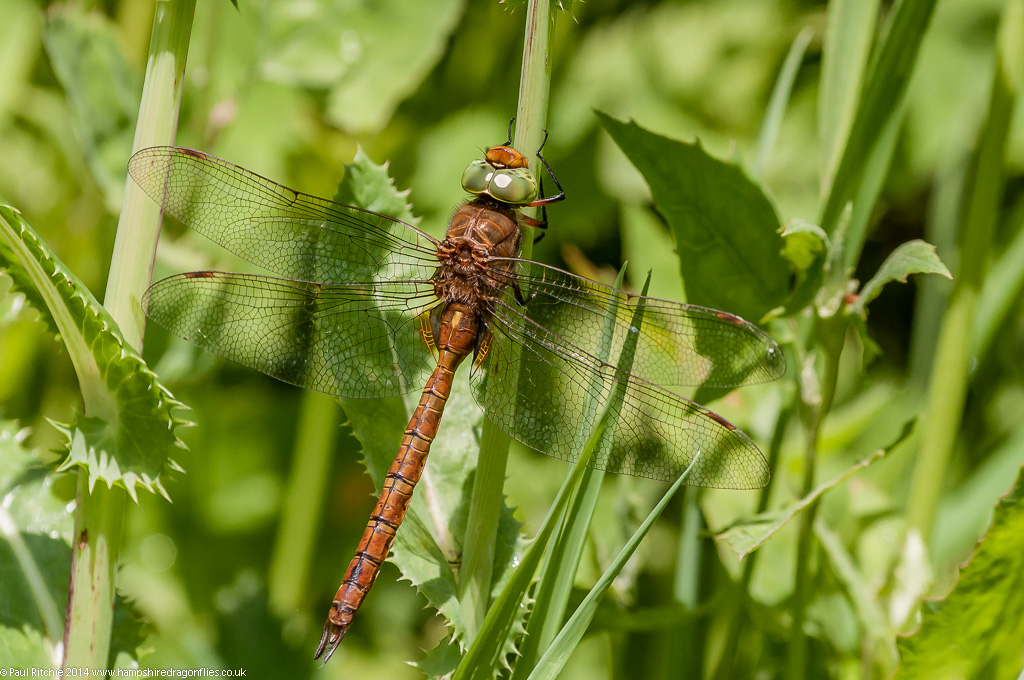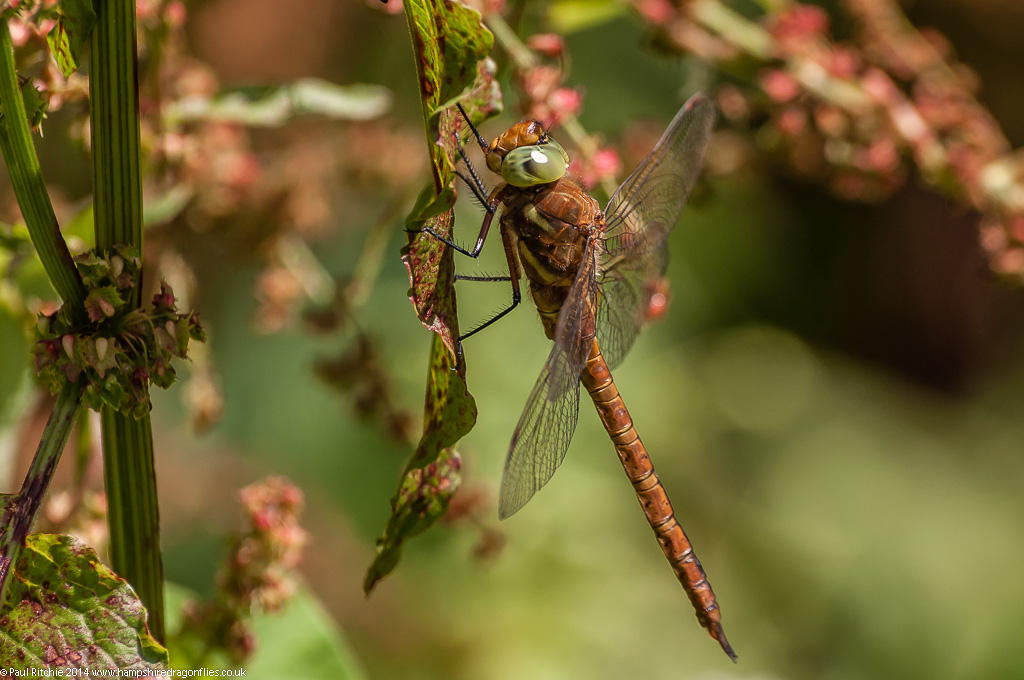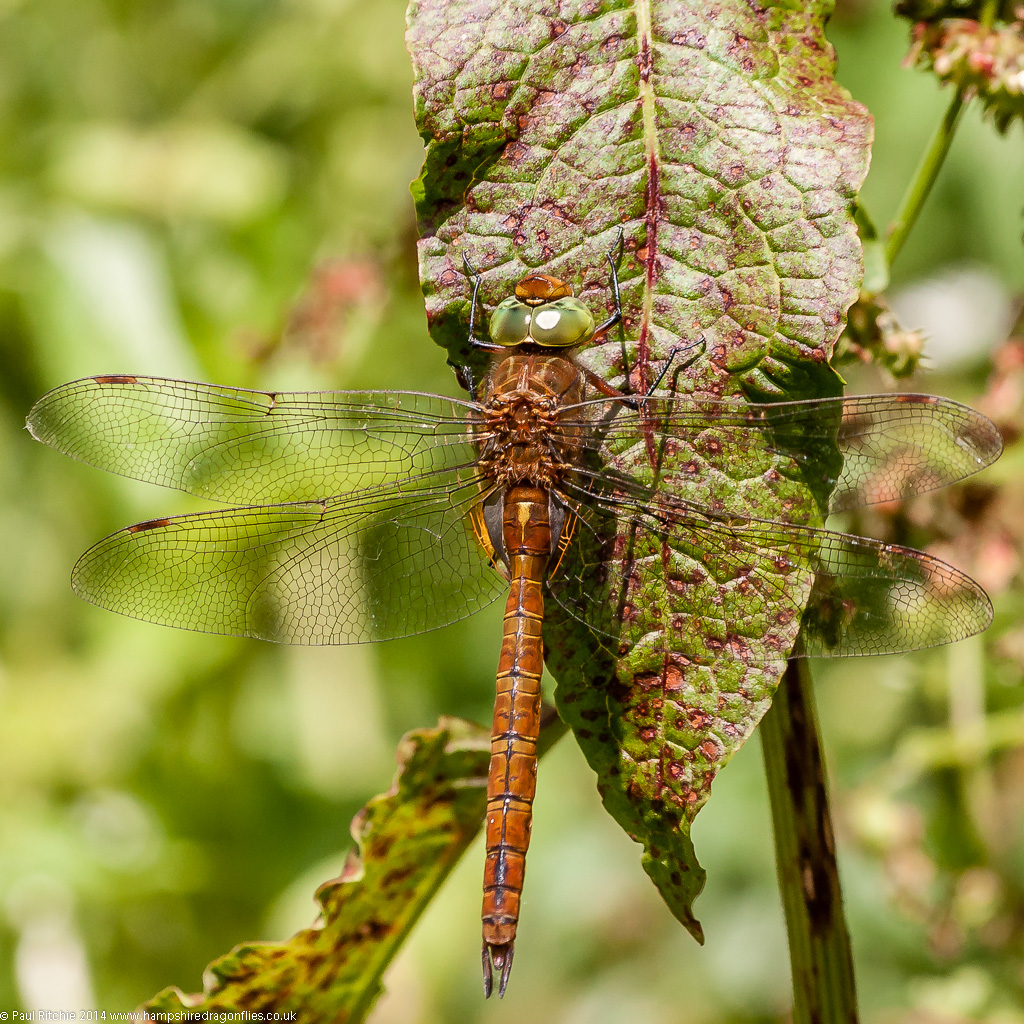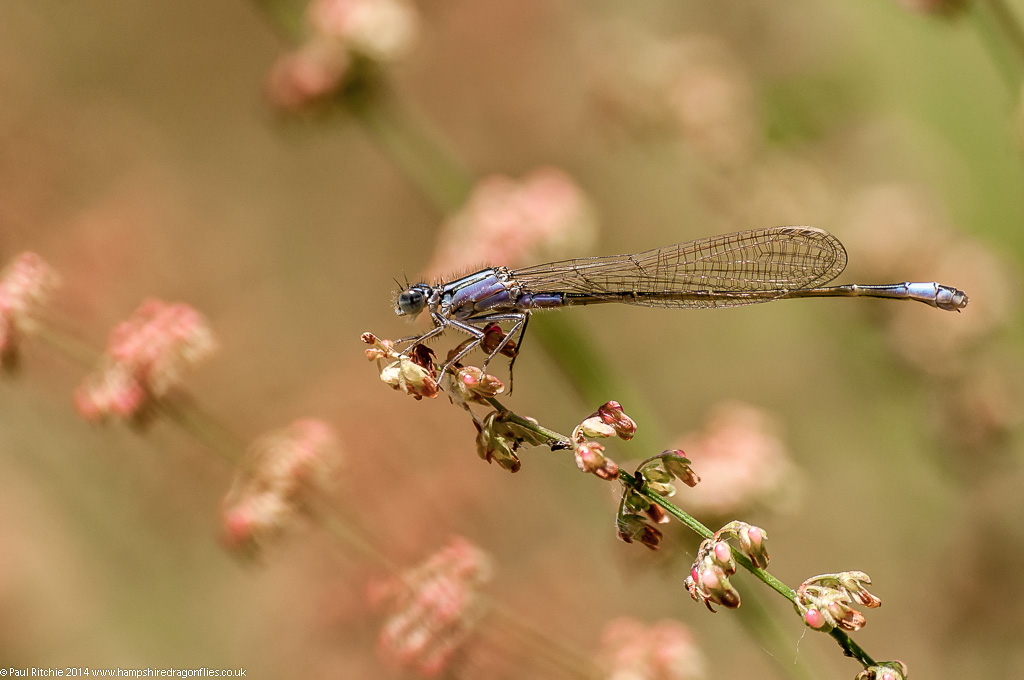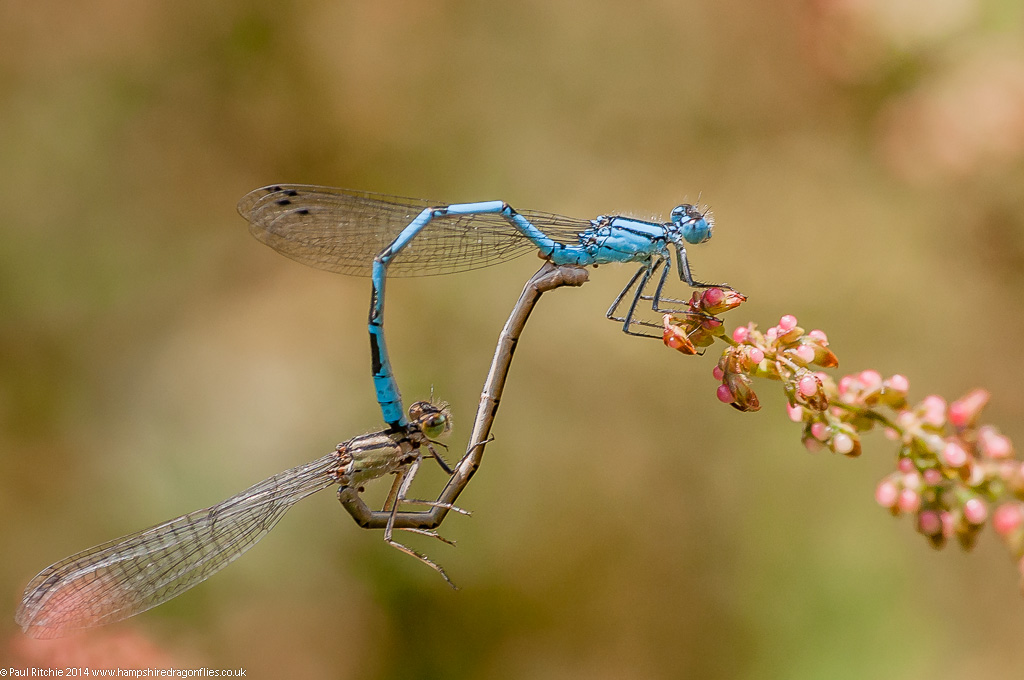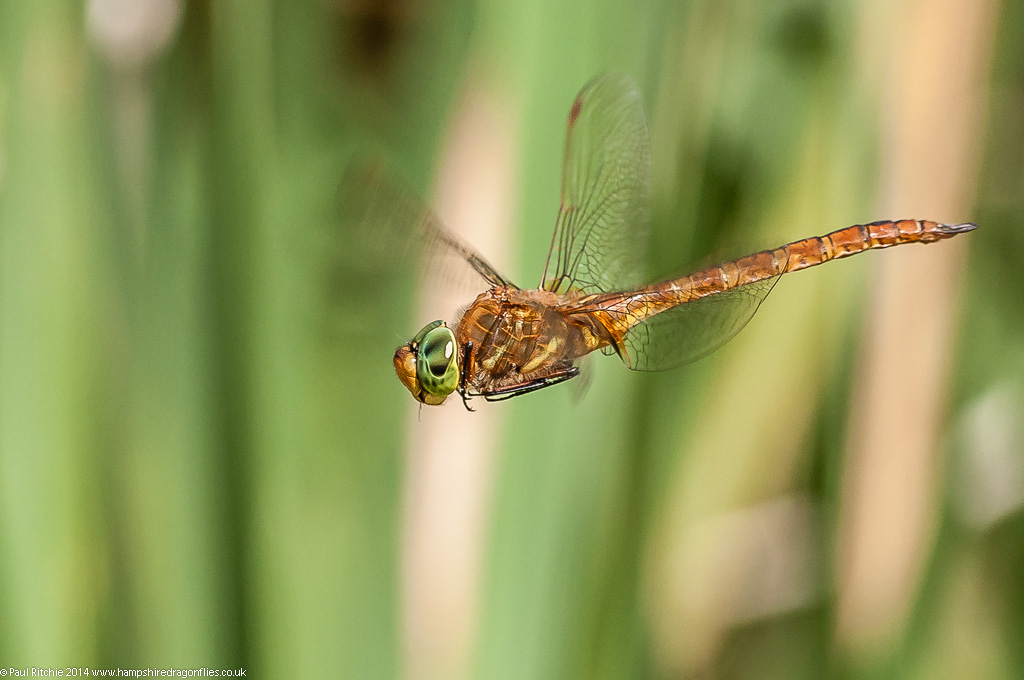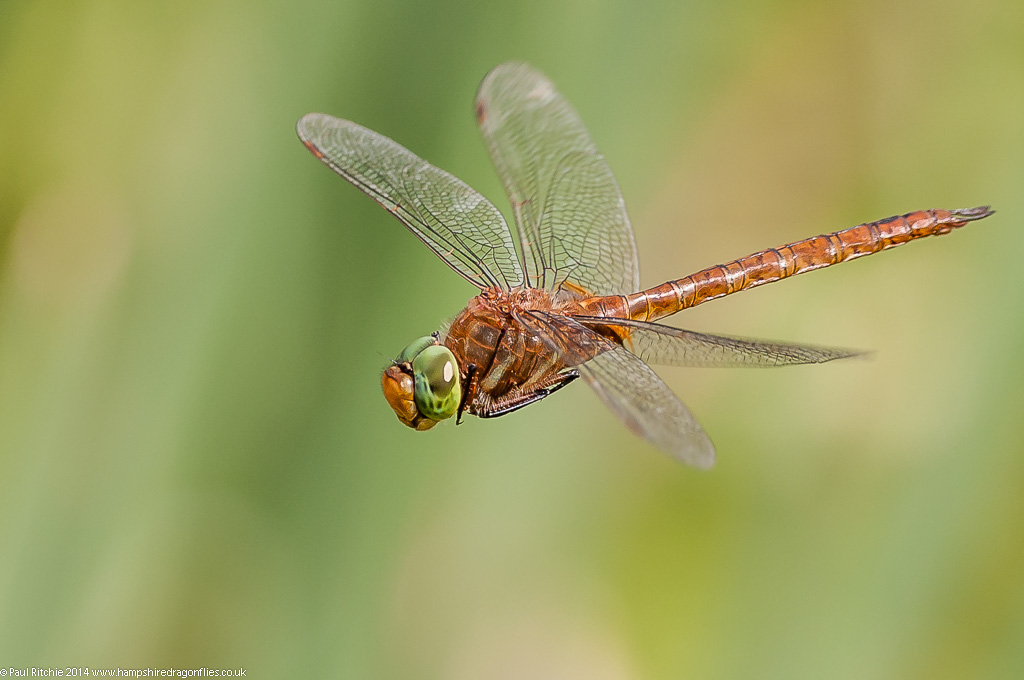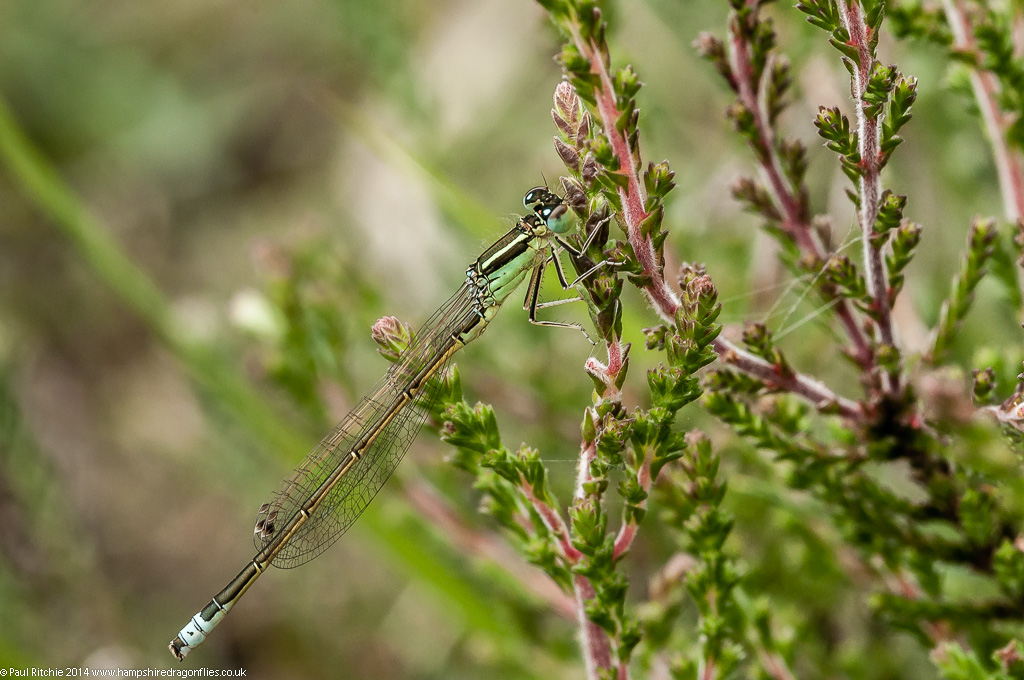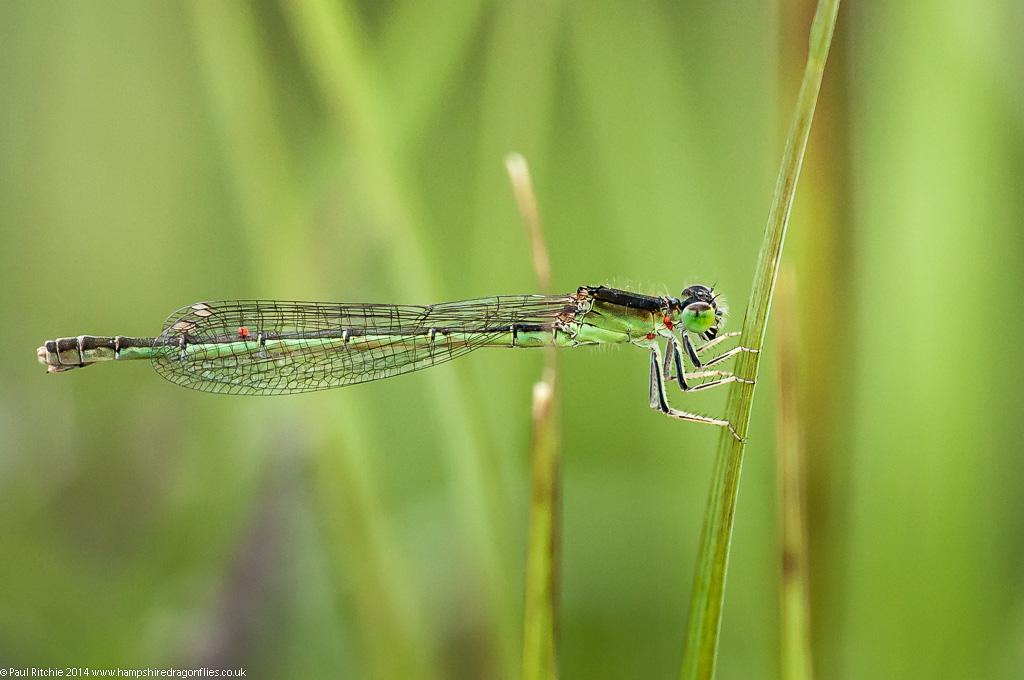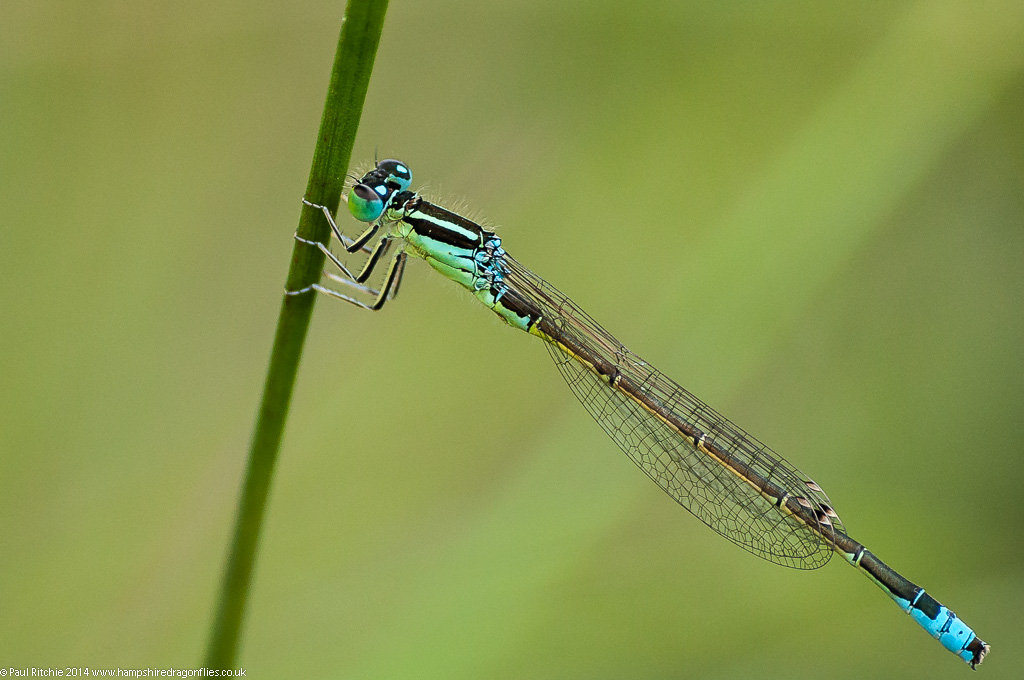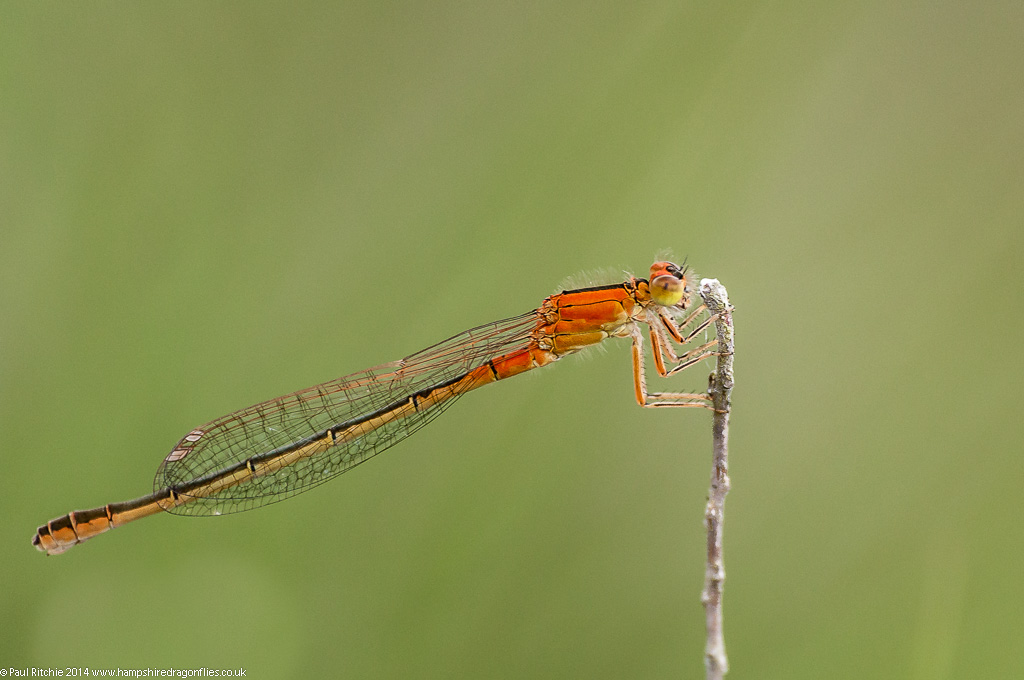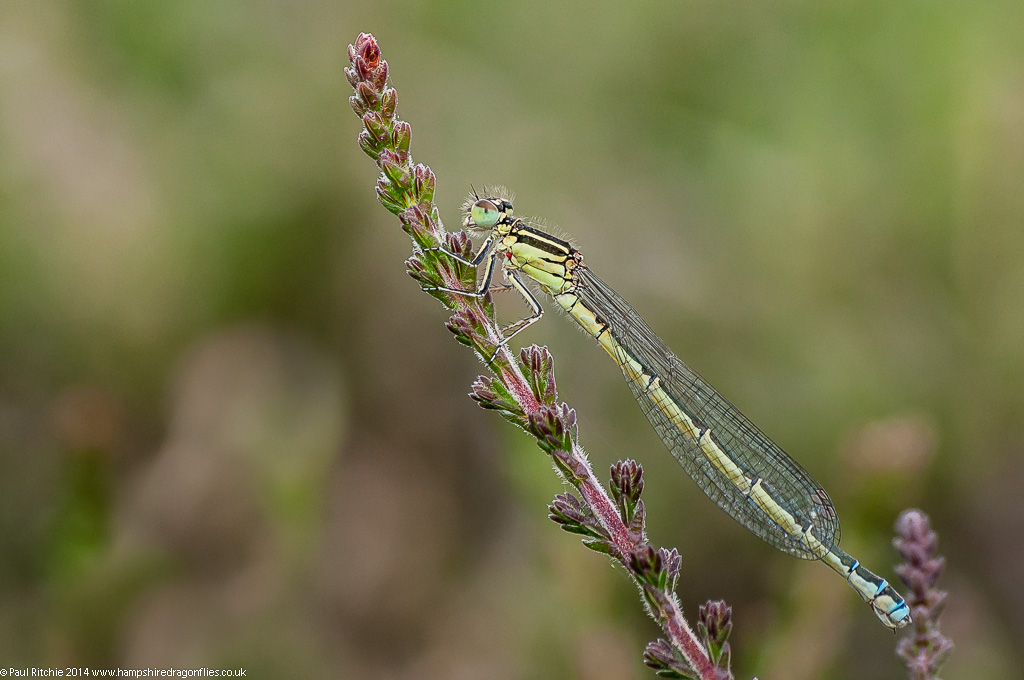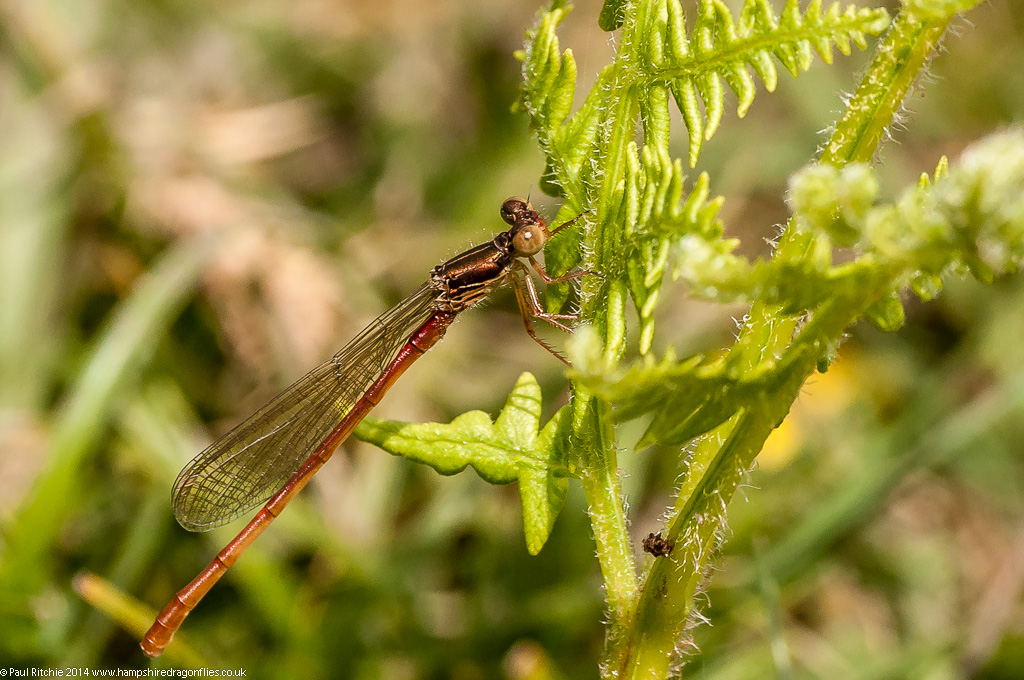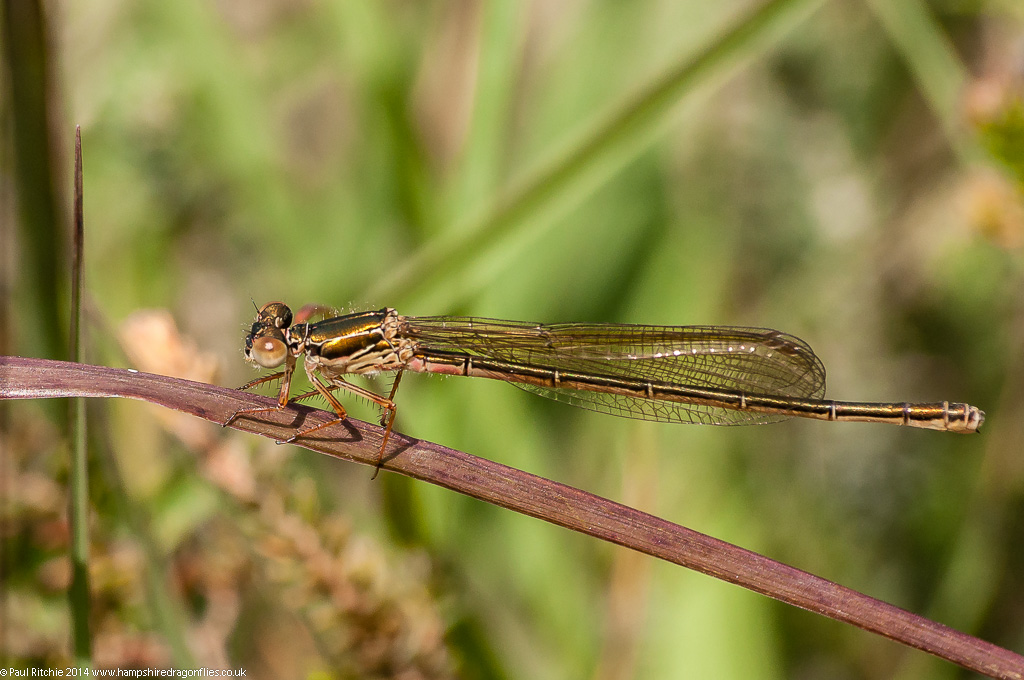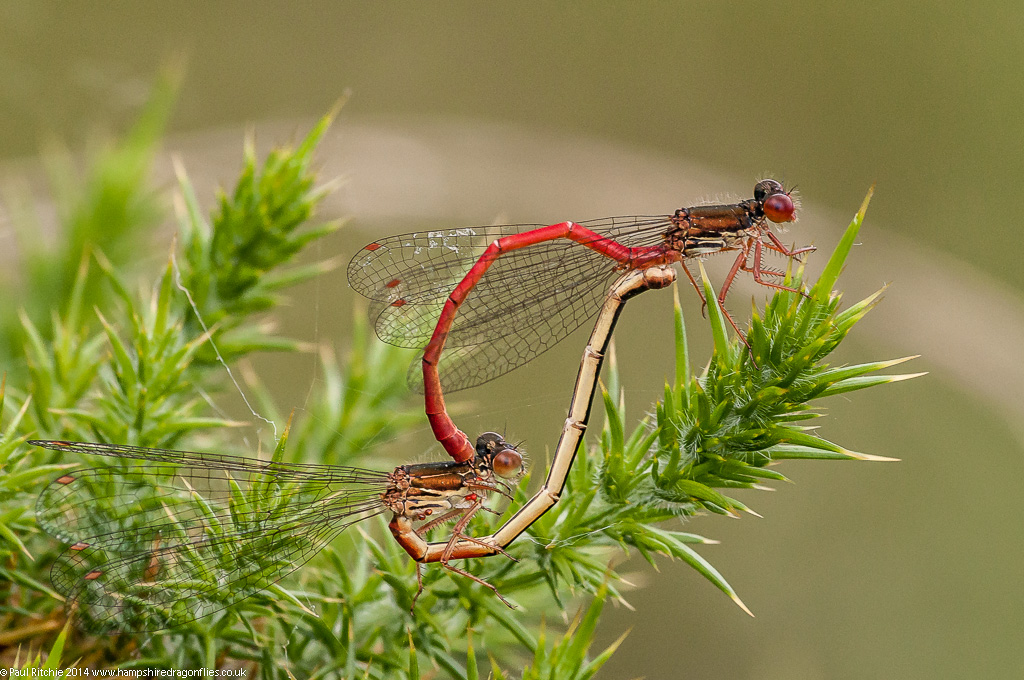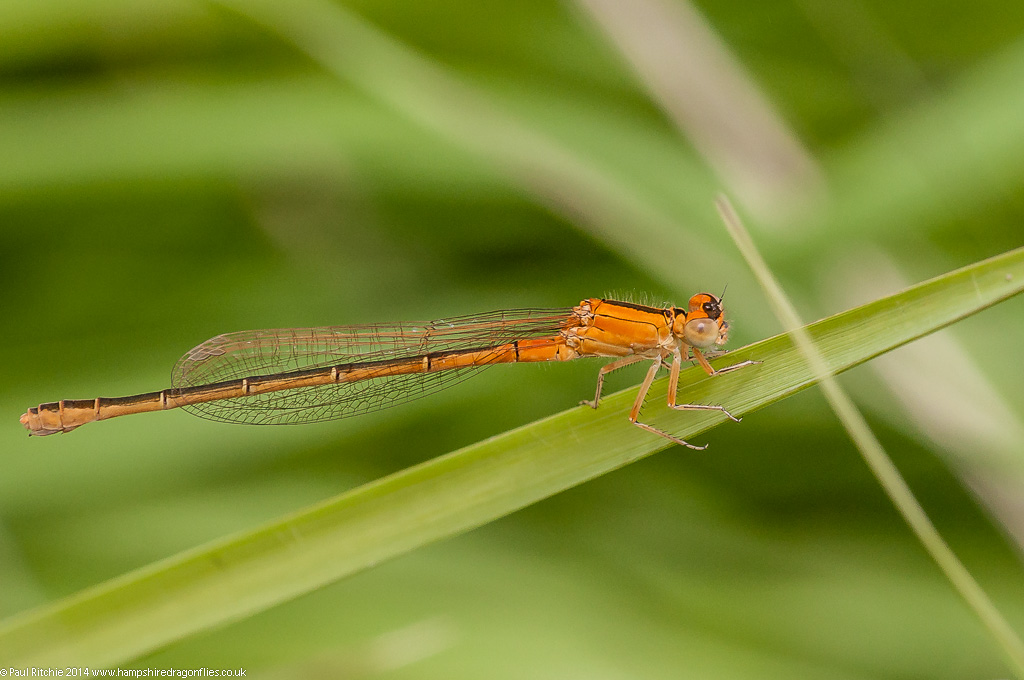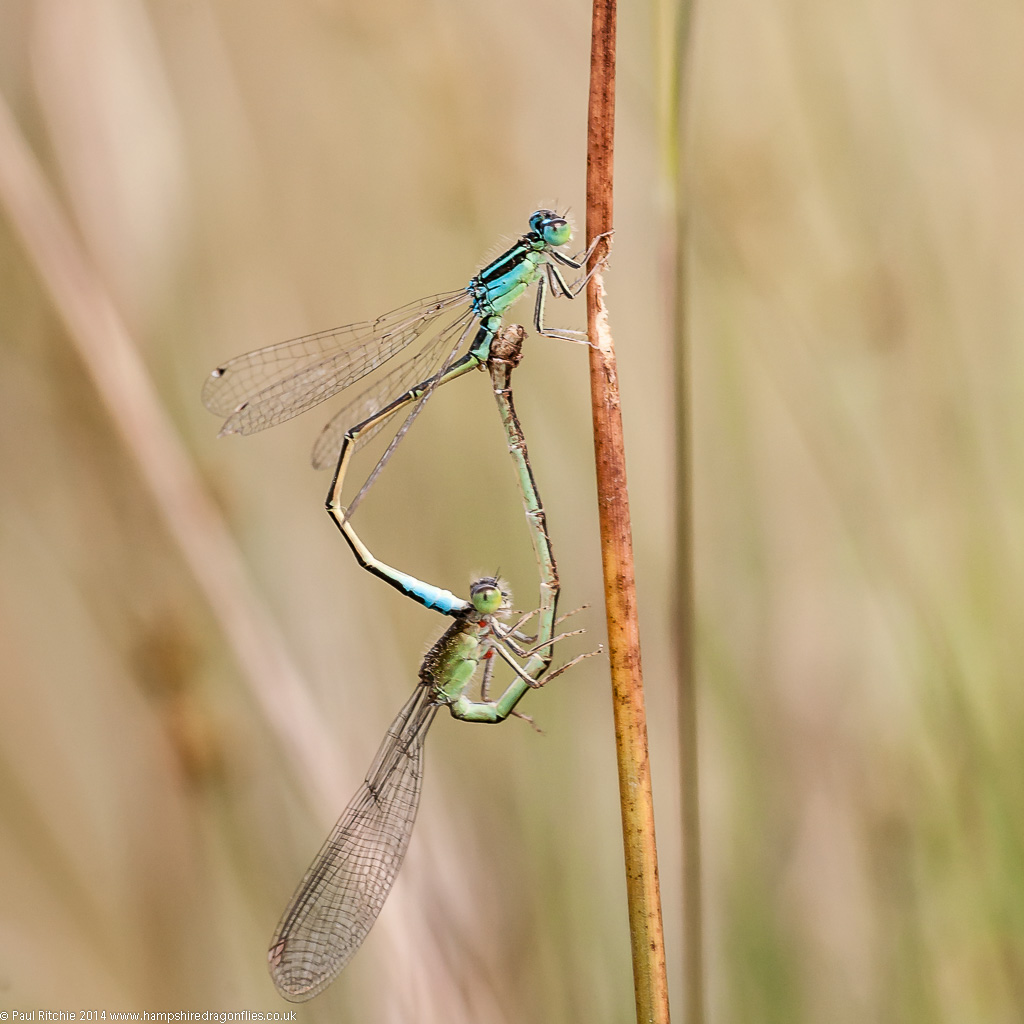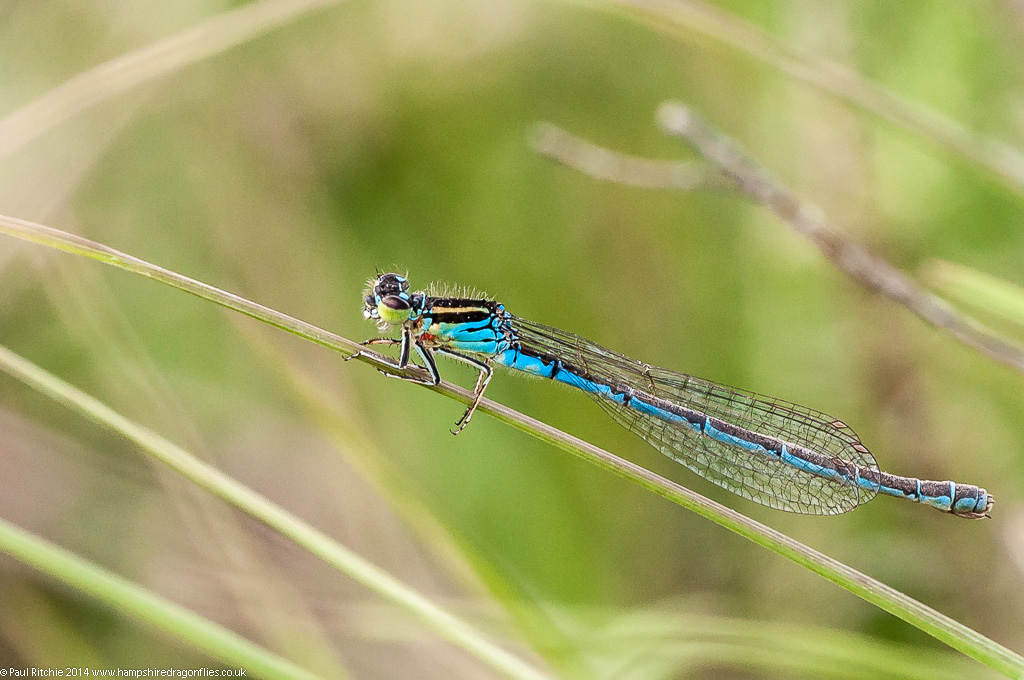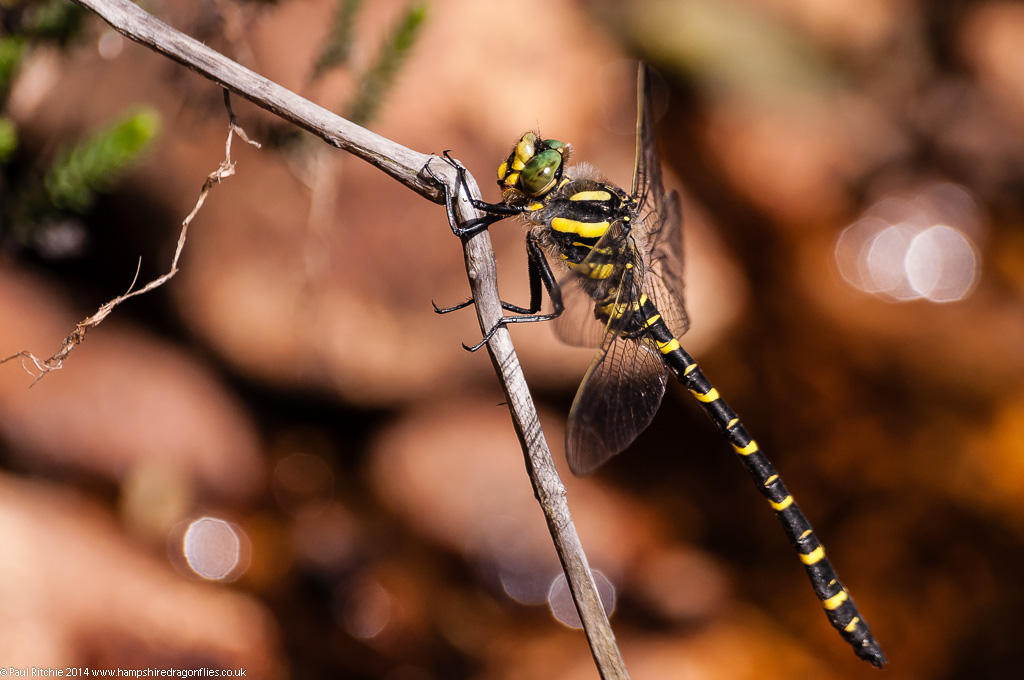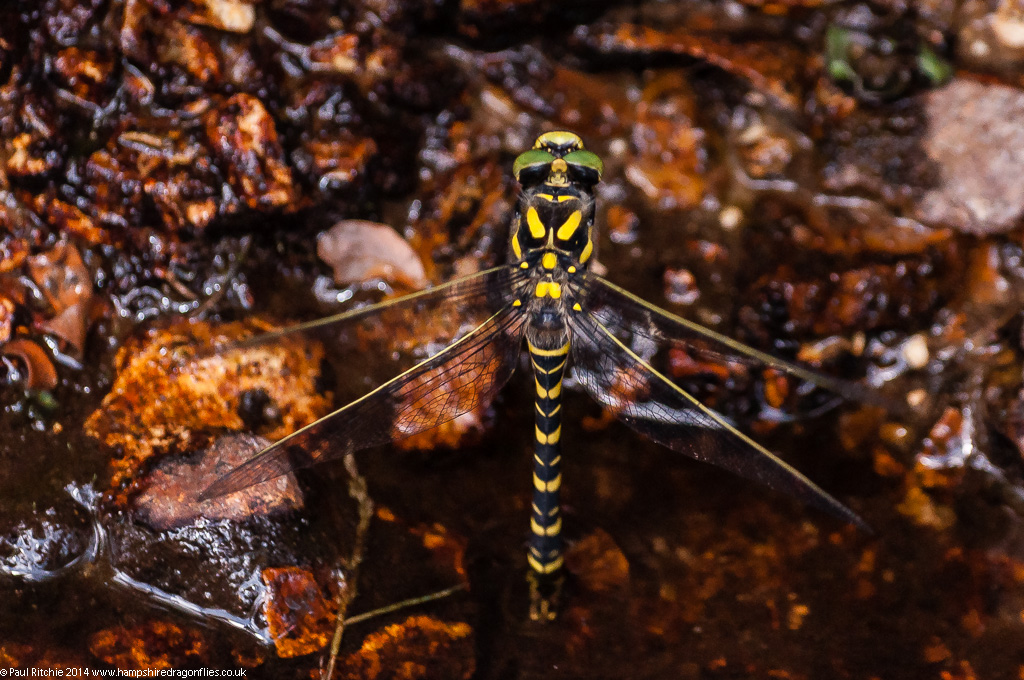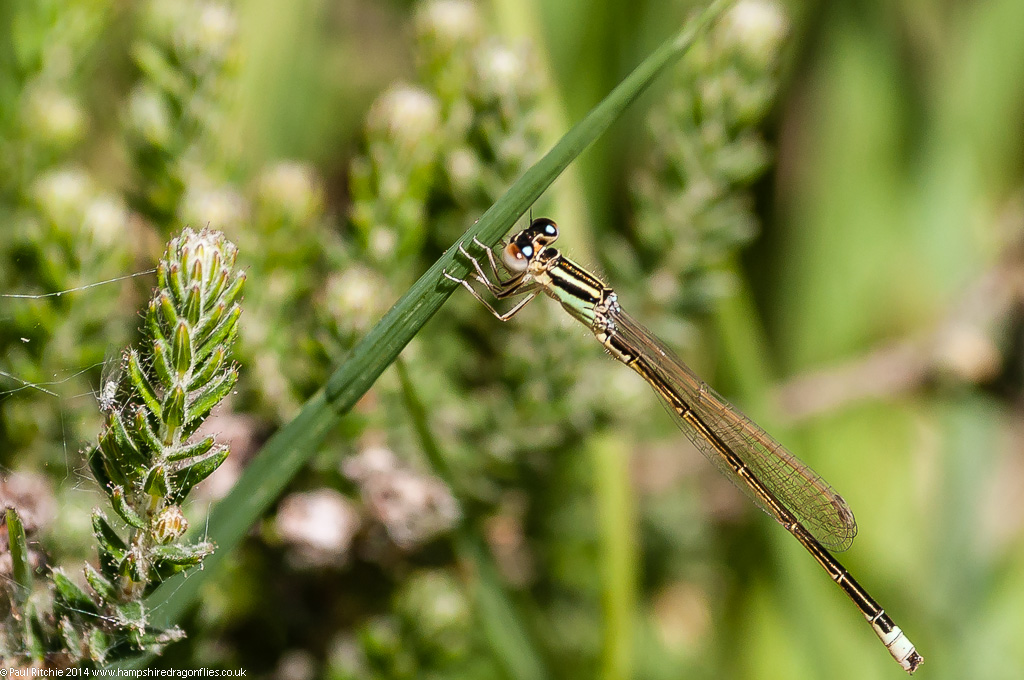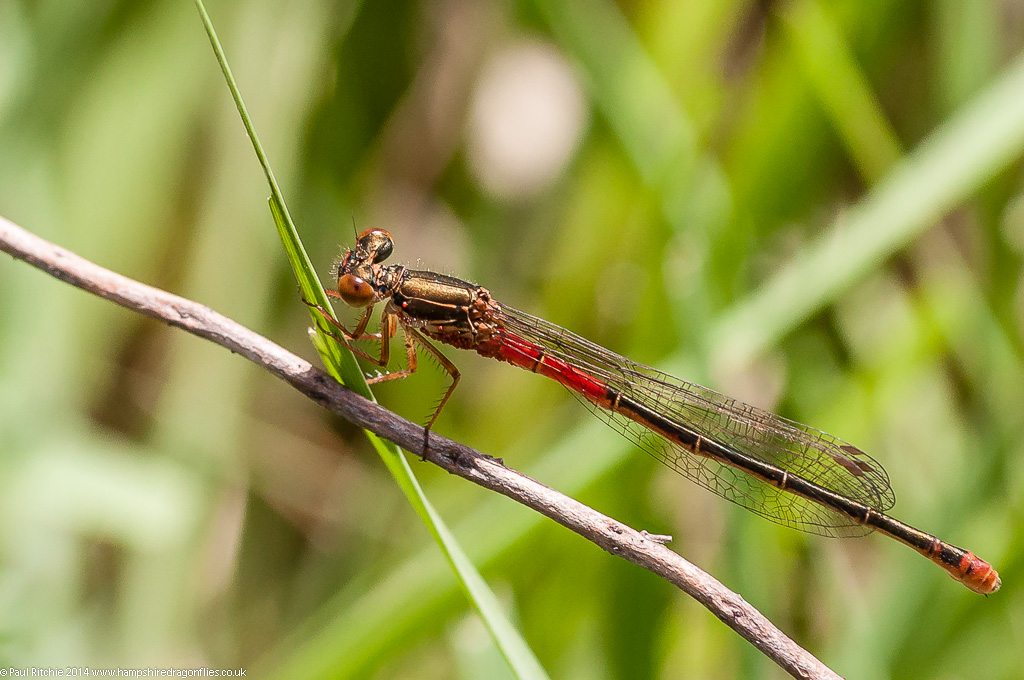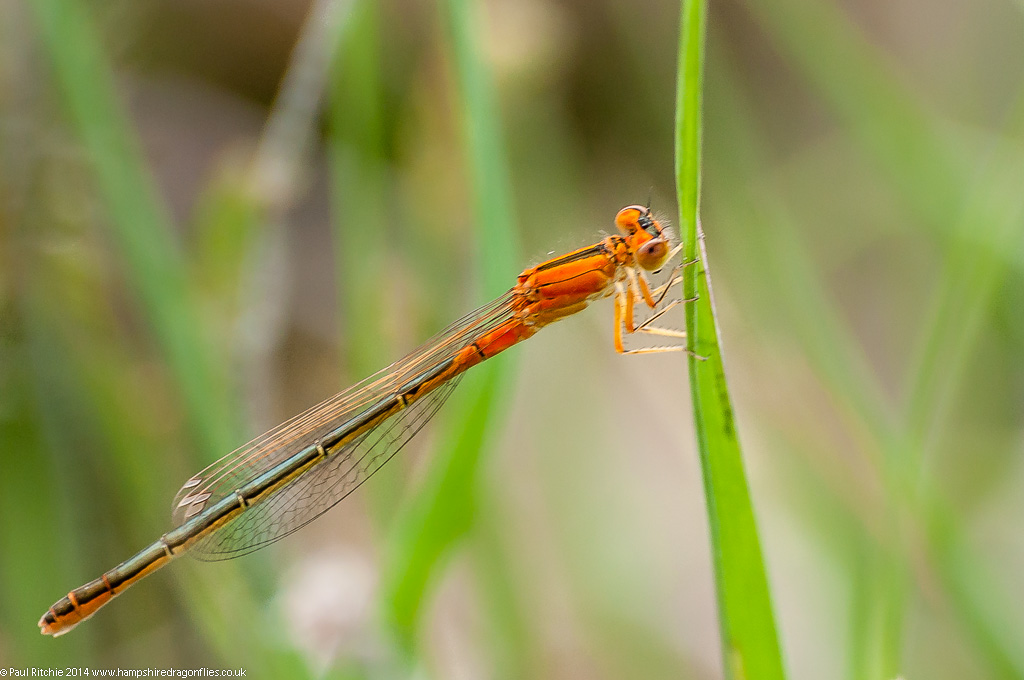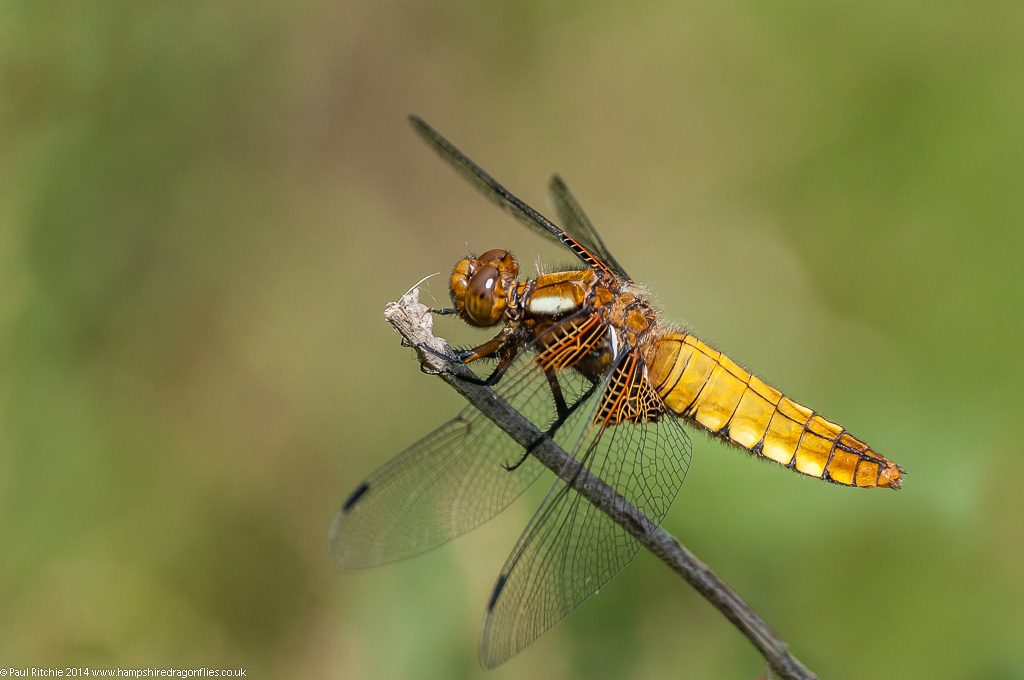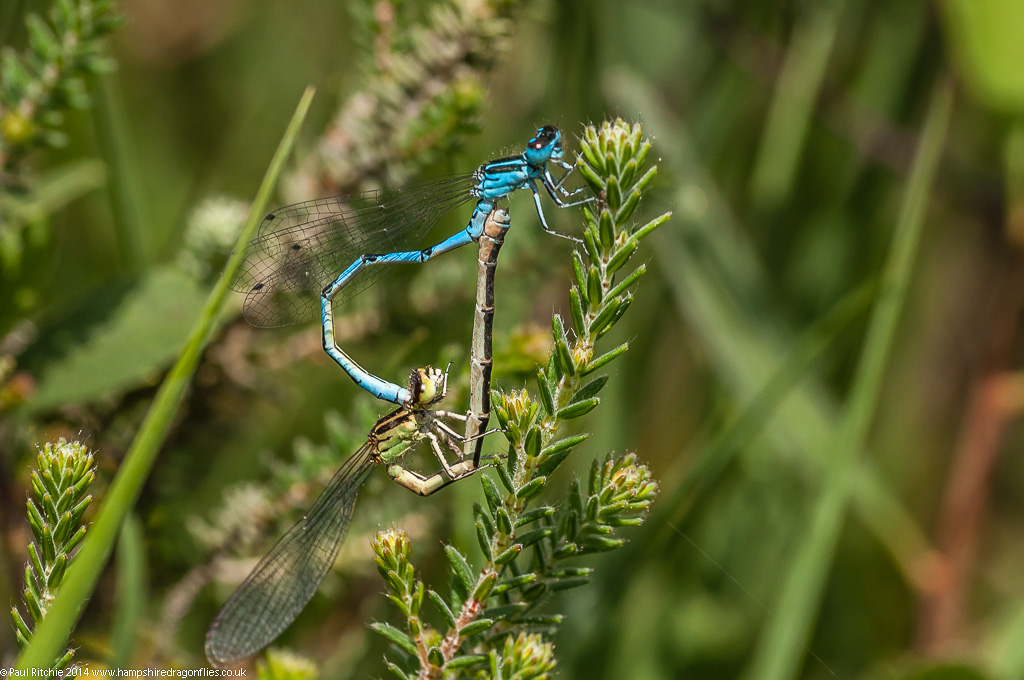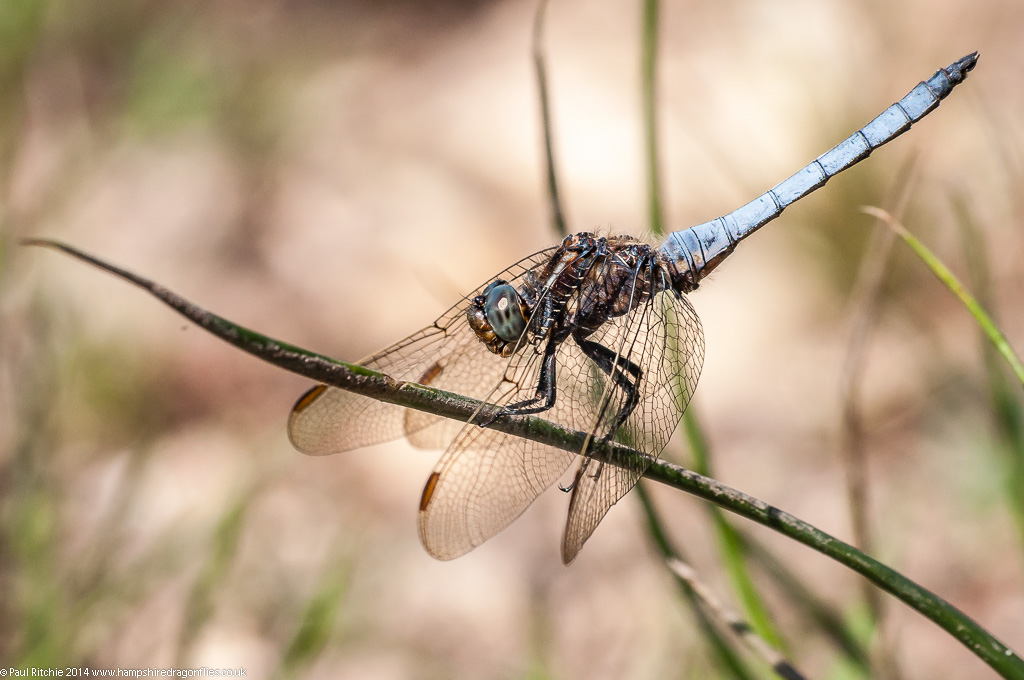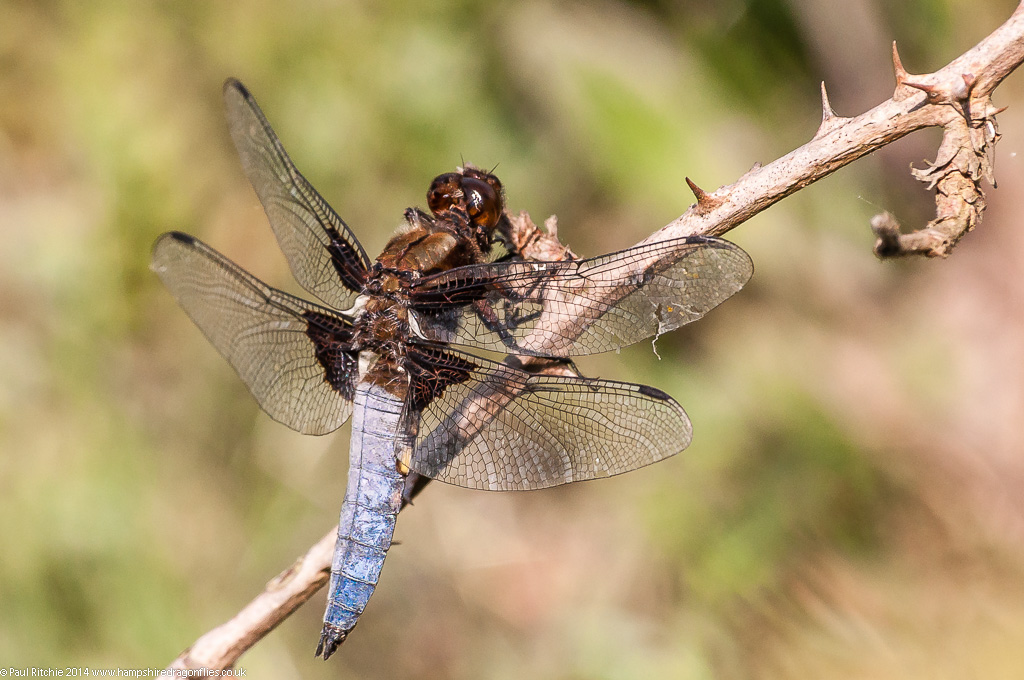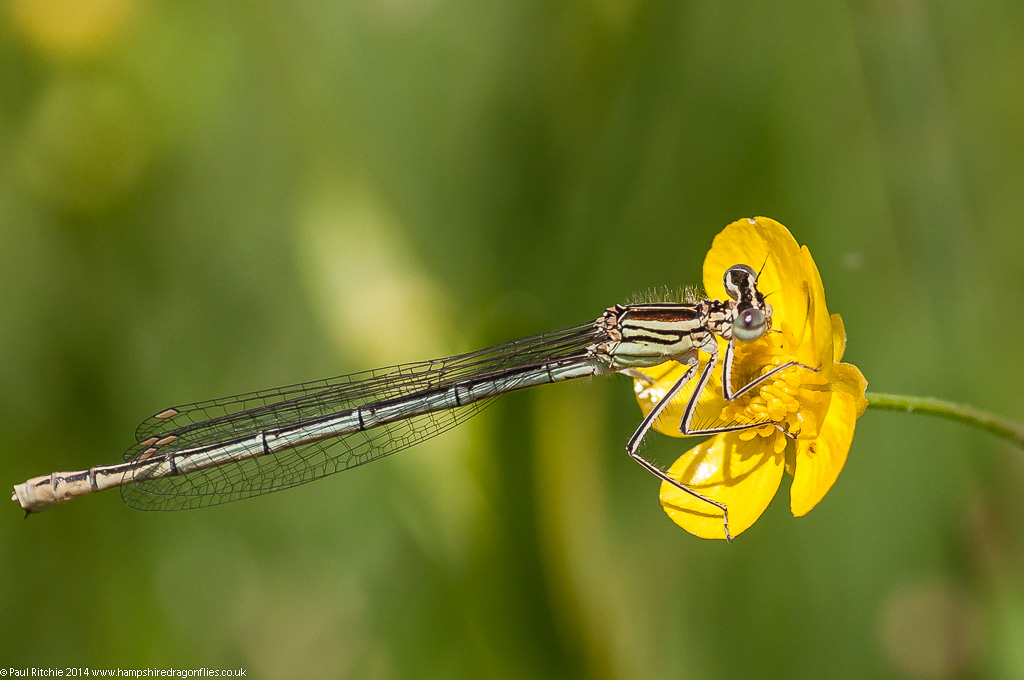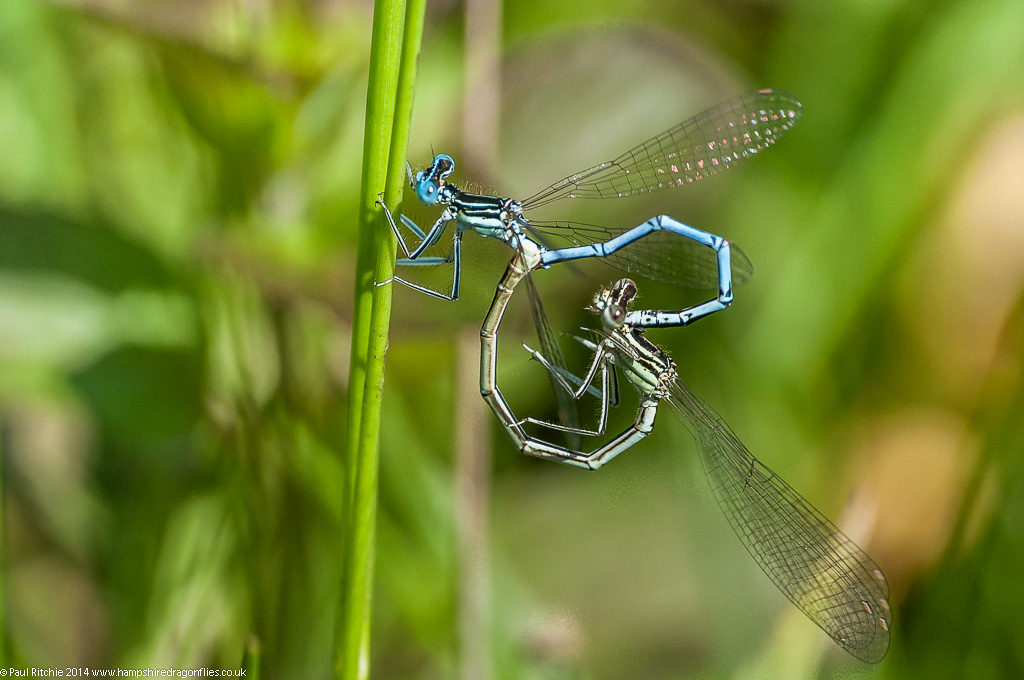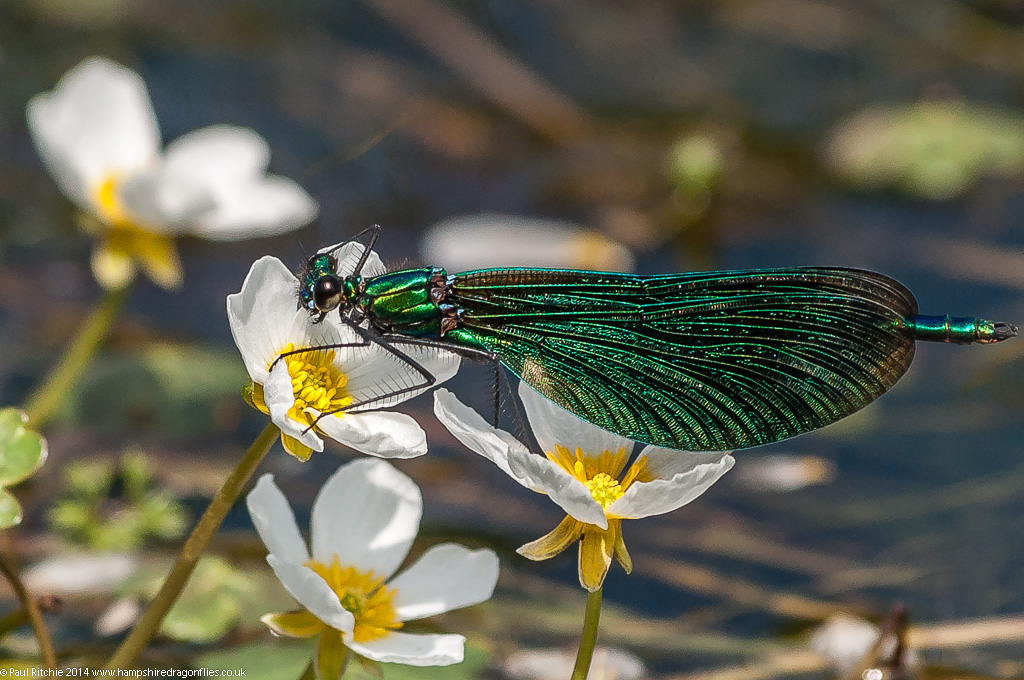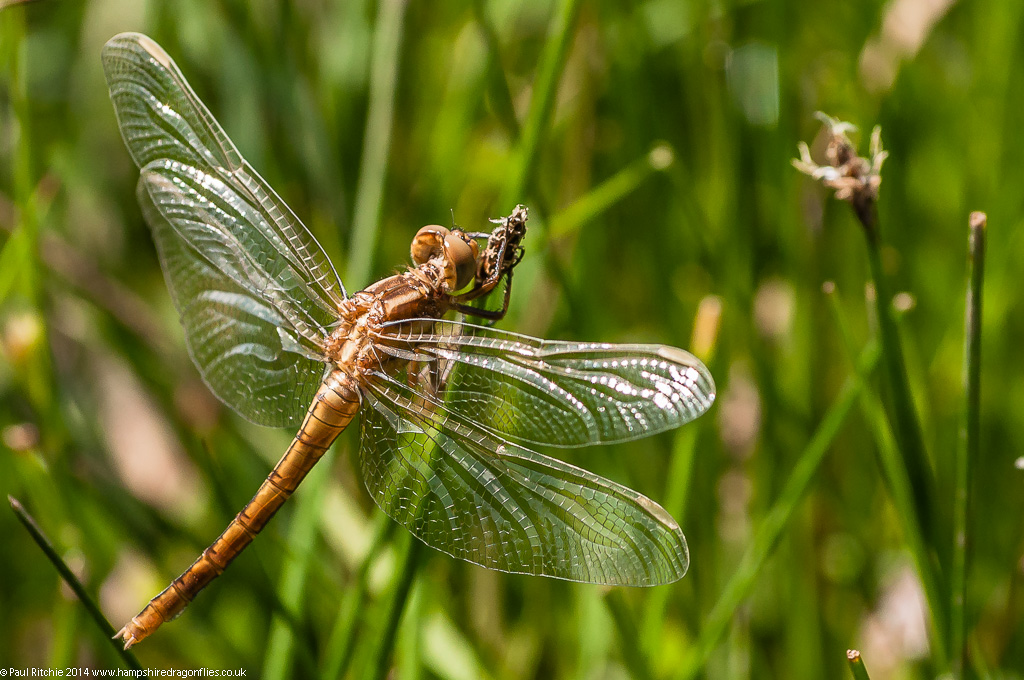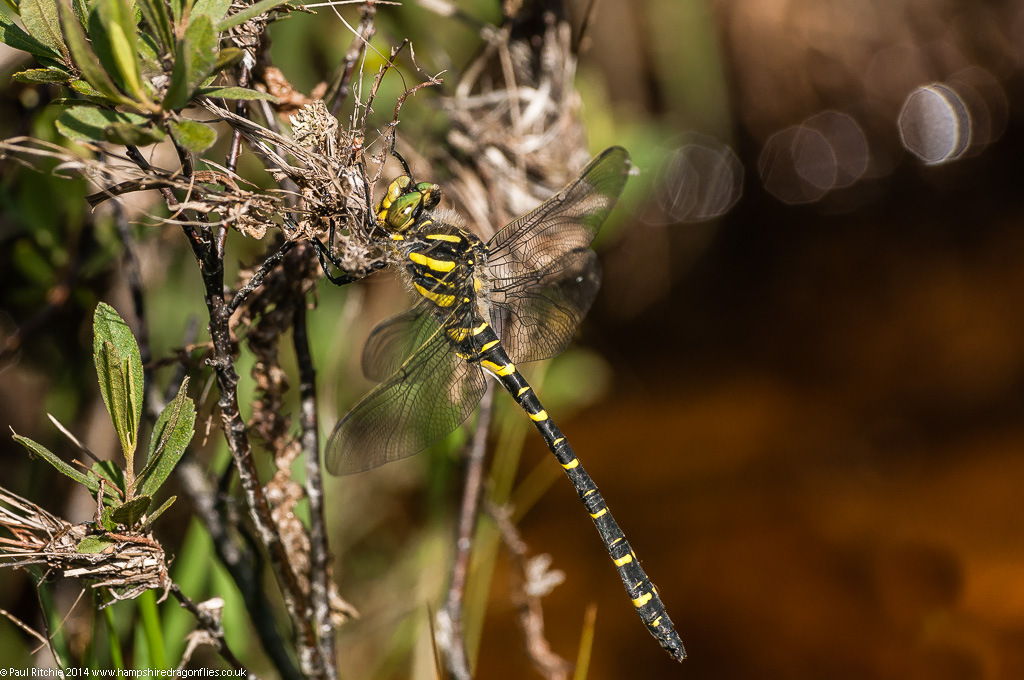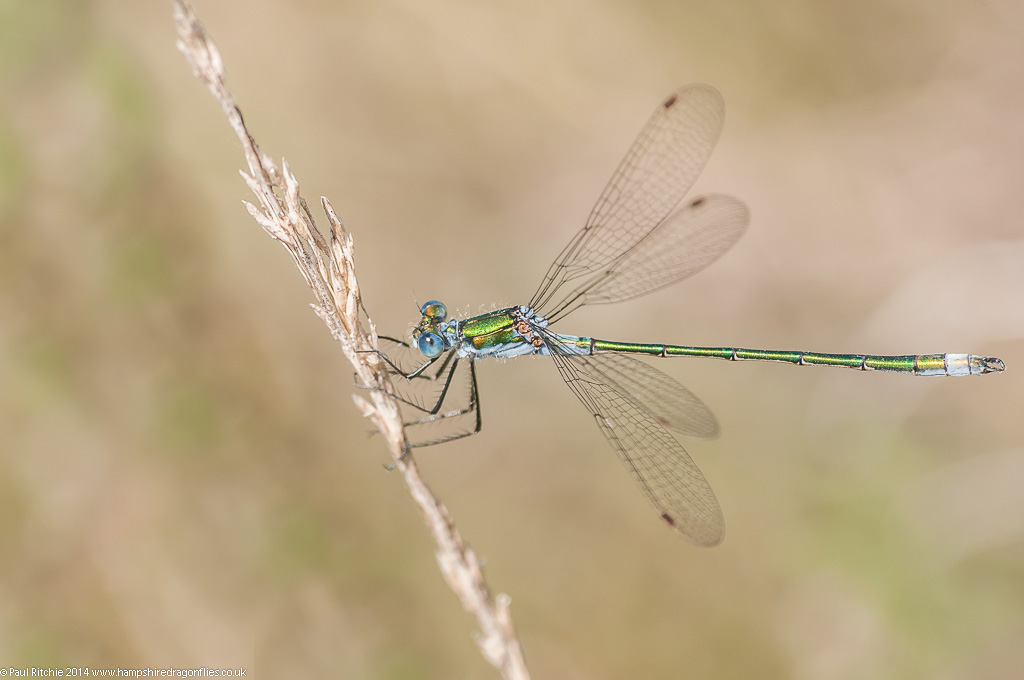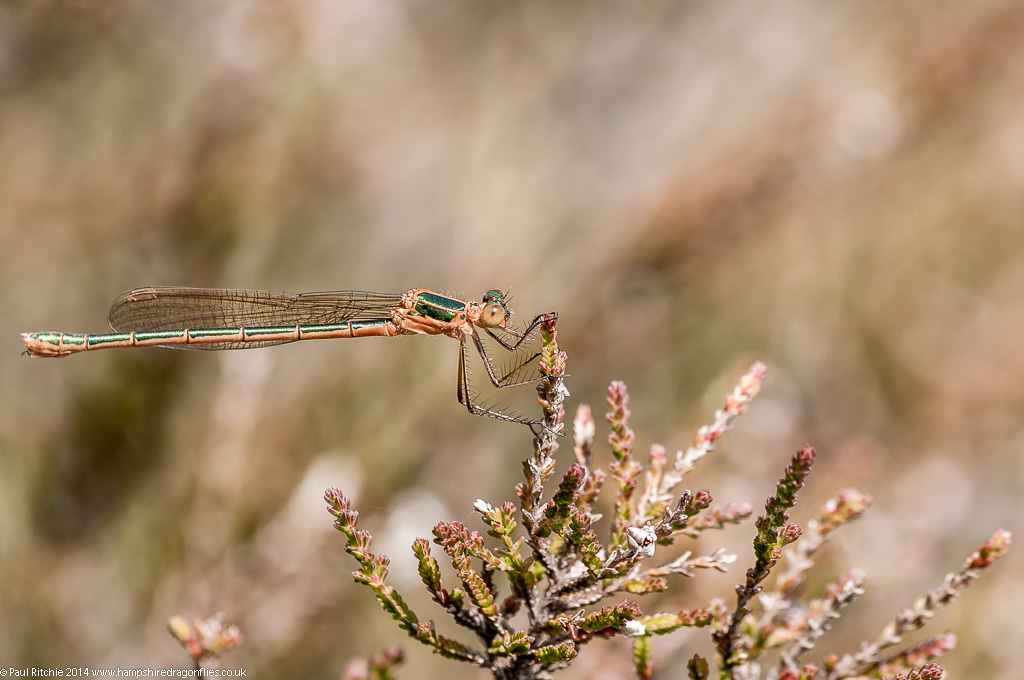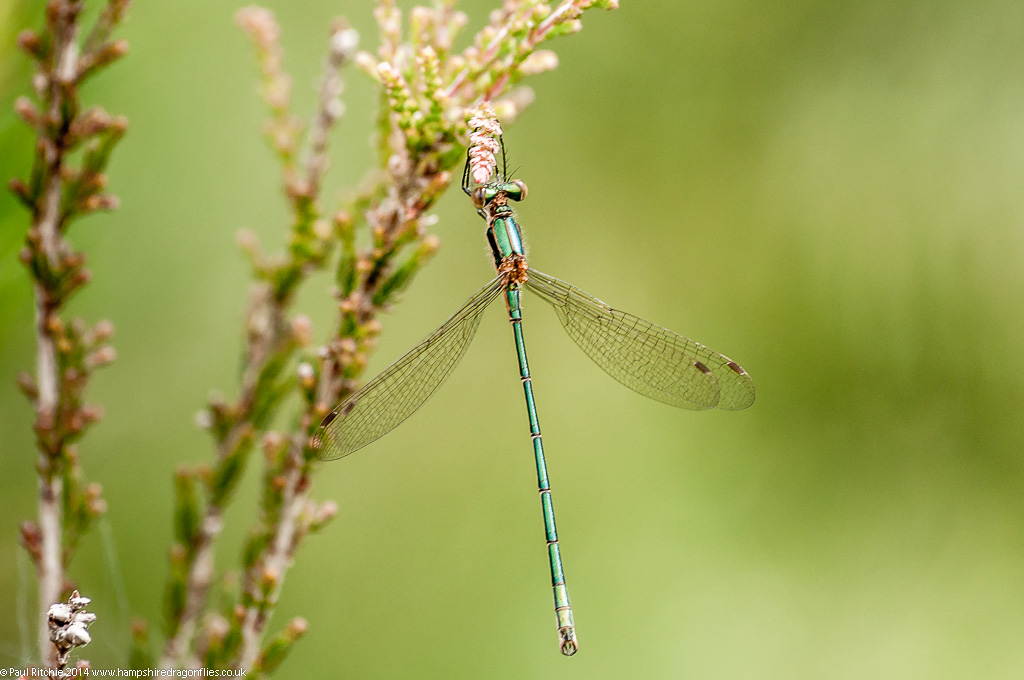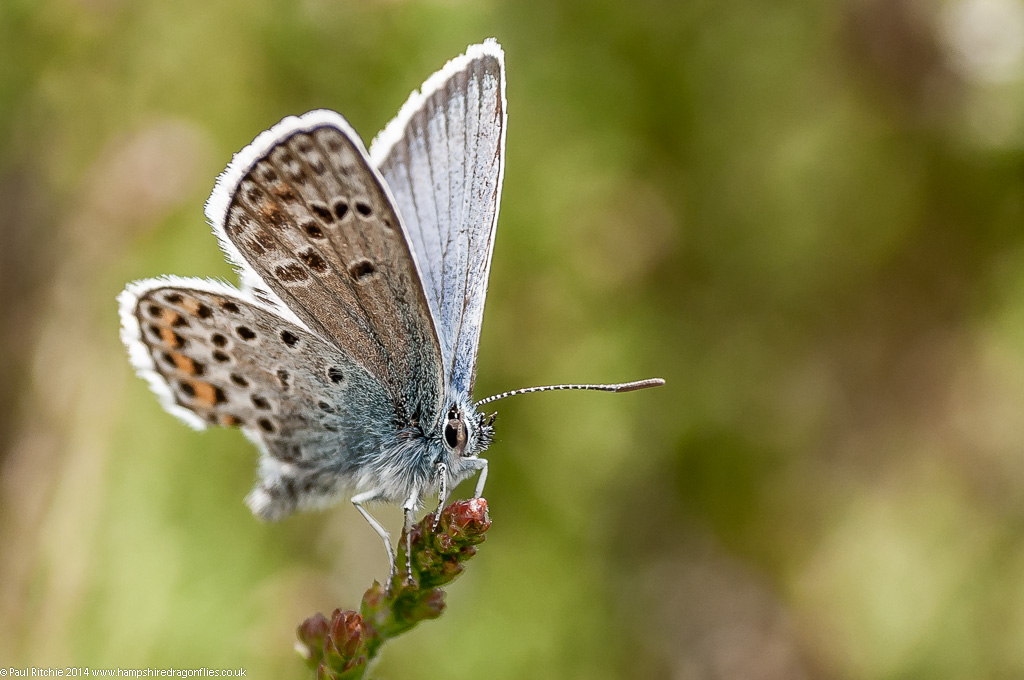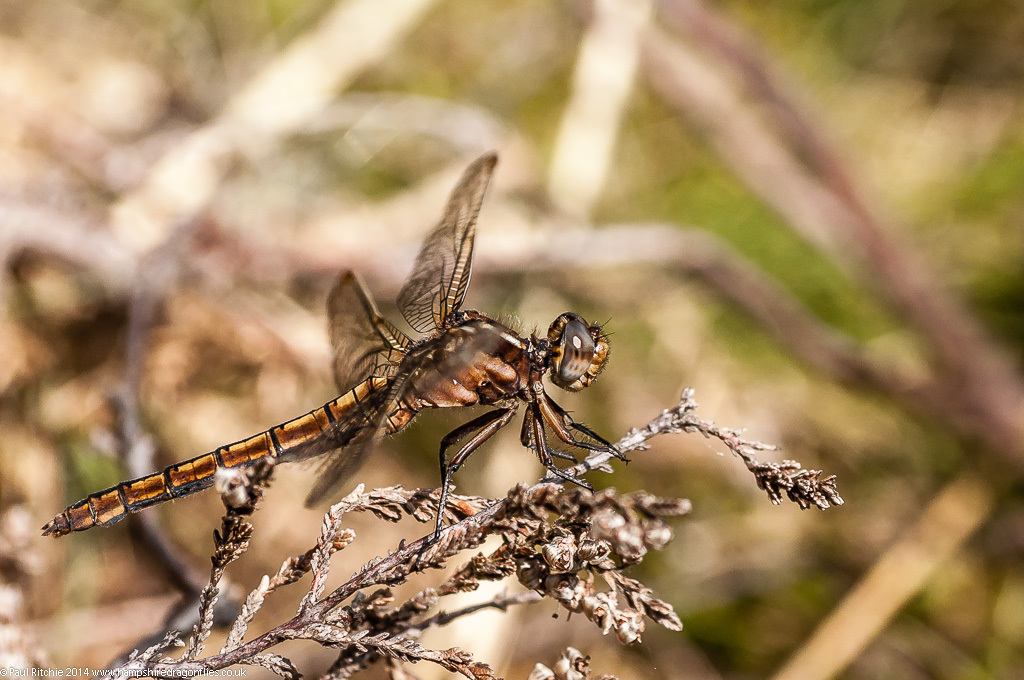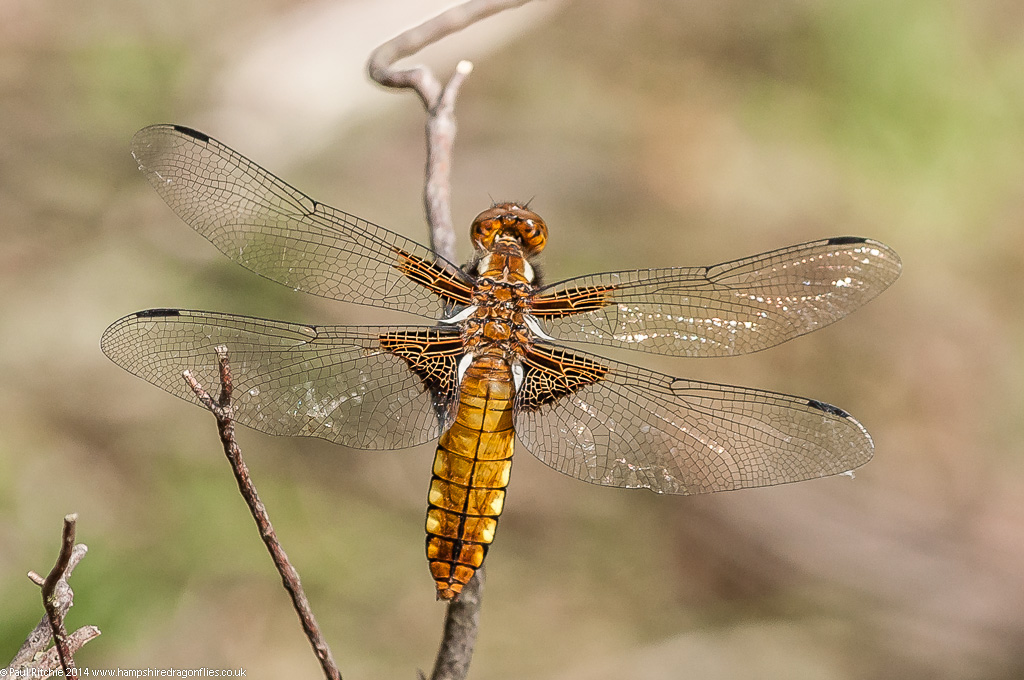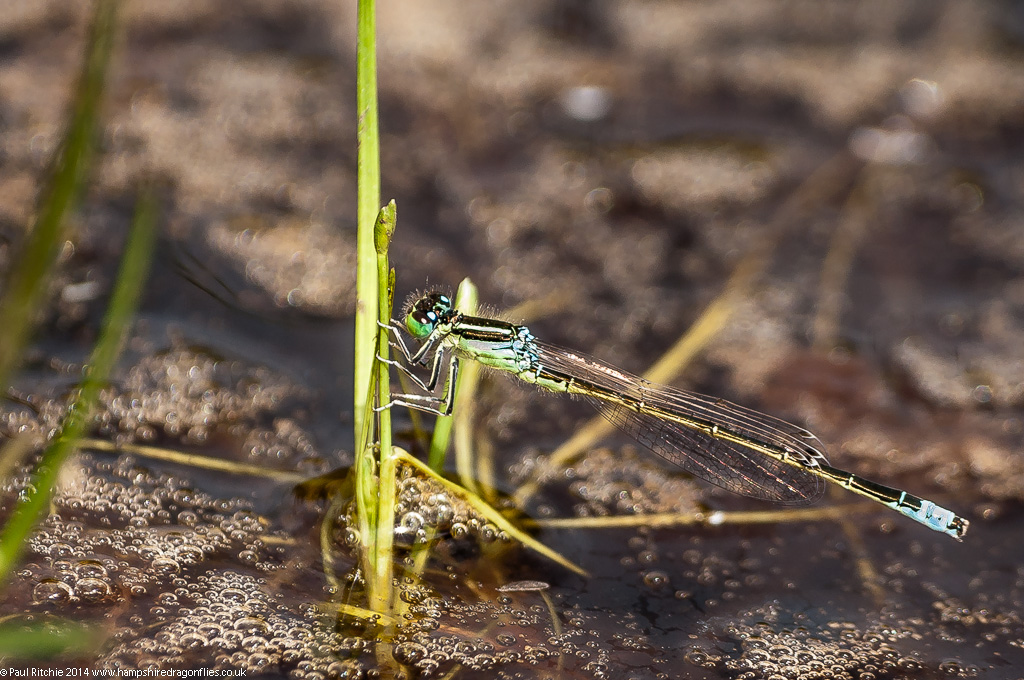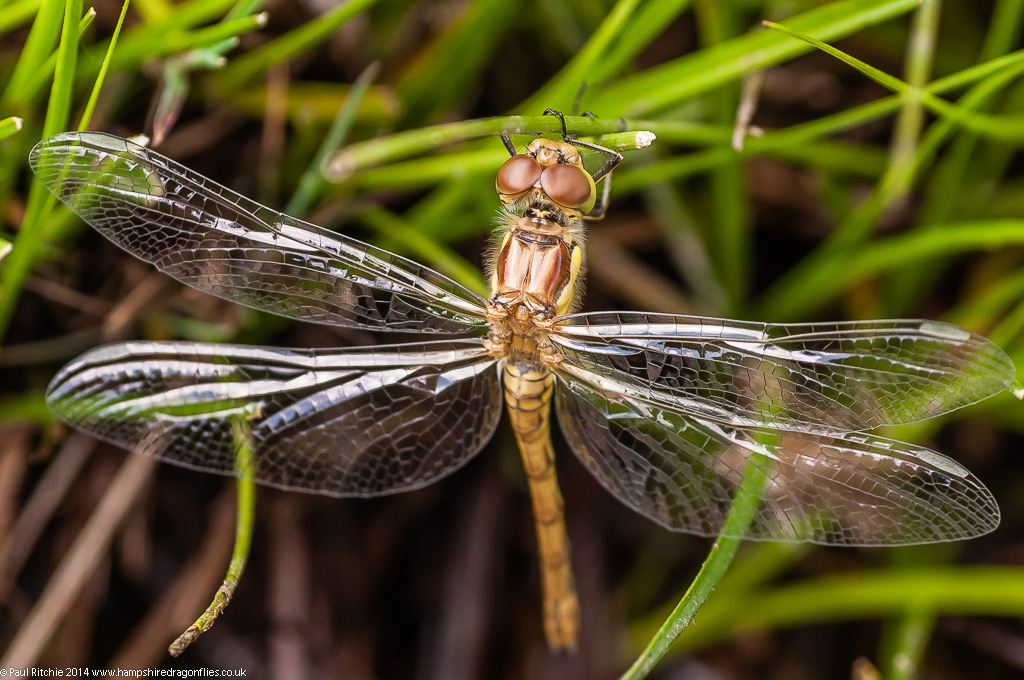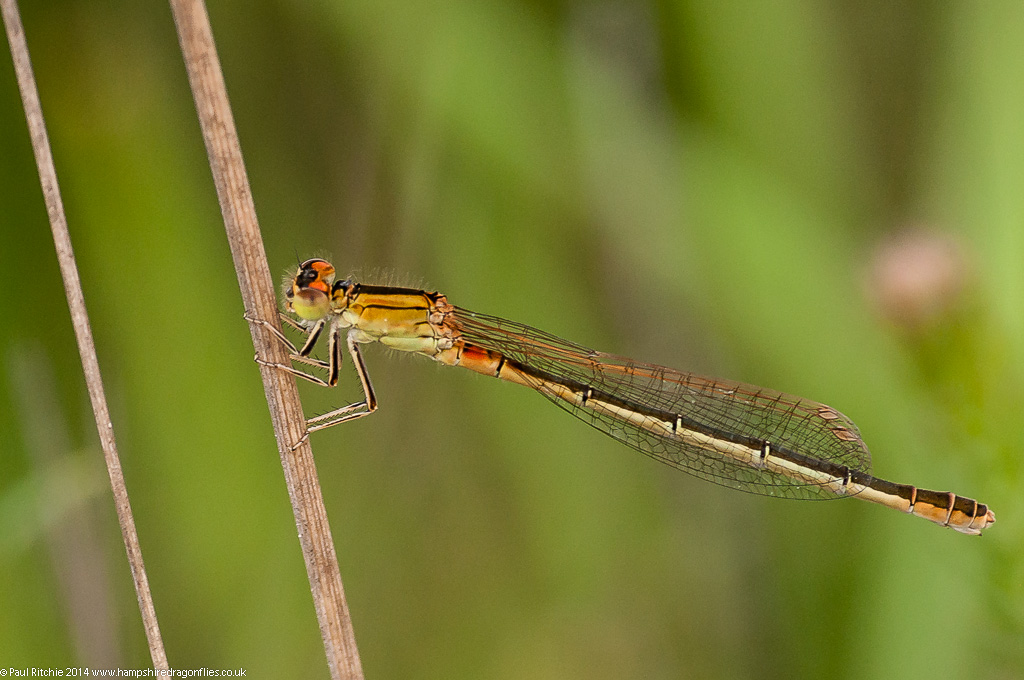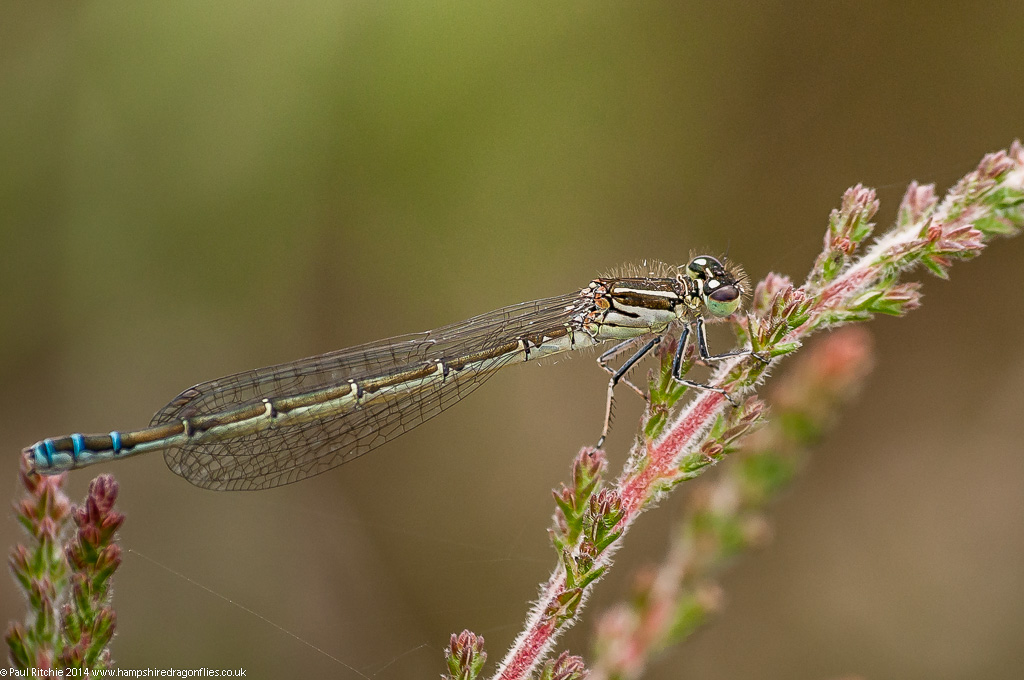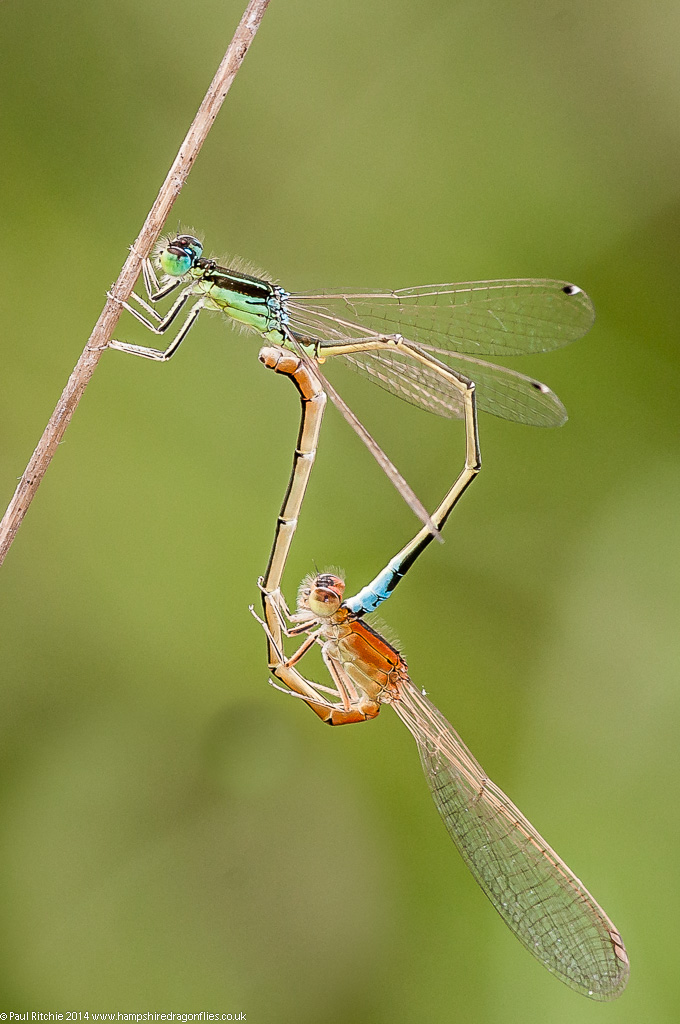Saturday 12th July
Touch and go looking at the weather for this weekend. Maybe a glimmer of sunshine, but the most important factor for Cliffe was wind speed. Last year we took a day and were frustrated by the heavy gusts, which more or less ruined the day for us.
Today however we had sunshine as far as Clacket Lane Services, and then a heavy blanket of low cloud and fog which was beginning to burn off, but hadn’t by the time we arrived at Marshside. I wasn’t that bothered though…just a little trepidacious hoping we wouldn’t be disappointed.
Just after the M2 ran out and turned into a dual carriageway, we turned off onto a narrow country lane which to all intents and purpose would probably be the last place you’d think of to look for dragonflies. Except for the ditch running parallel.
However this short 100 metre section of the lane was where we were directed, and after witnessing a few Blue-tailed braving the gloom I spotted my first ever Willow Emerald damselfly.
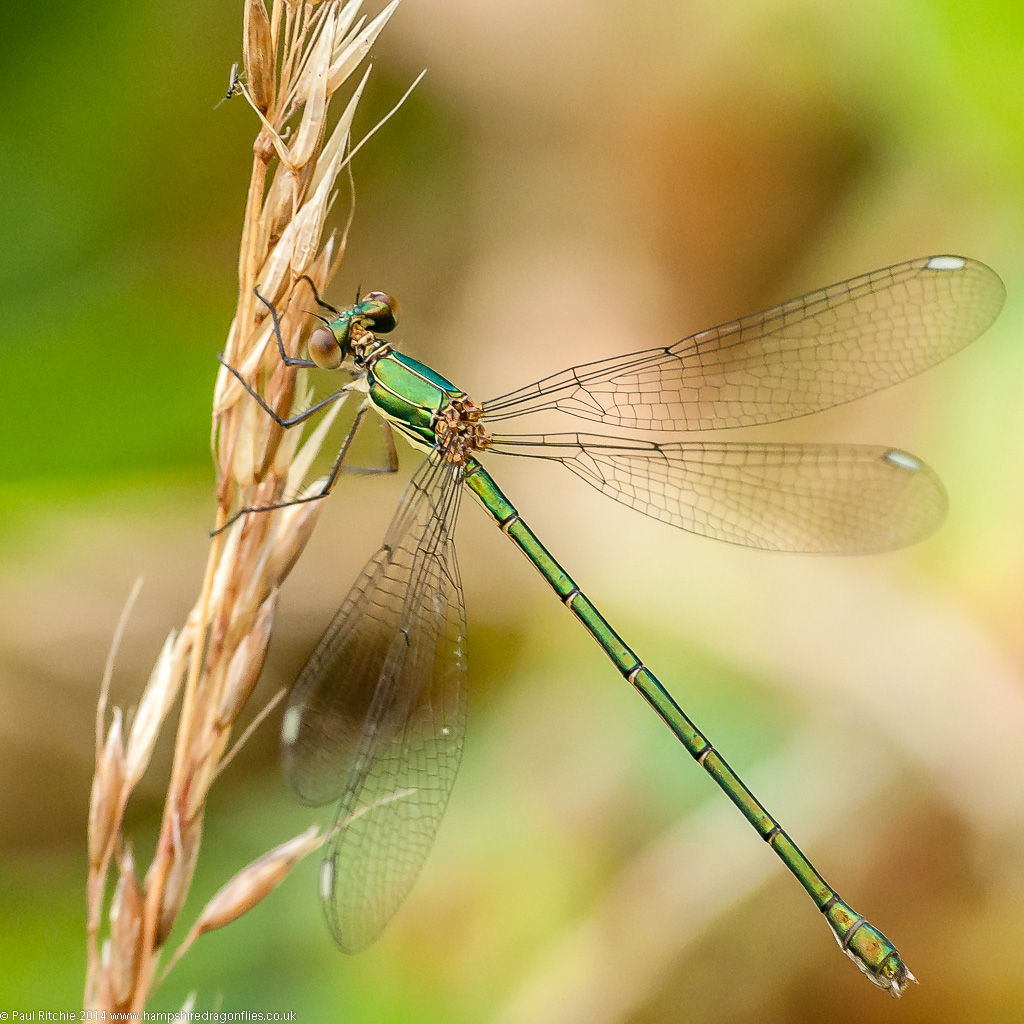
The first thing which struck me was the size; significantly larger to the Common Emerald we’re used to. Not difficult to see when present among the tall vegetation lining the channel. When disturbed clumsily they would rise to the adjacent tree-line, very noticeable in their flight and seemingly larger in sight than tenerals you see rising into the stratosphere.
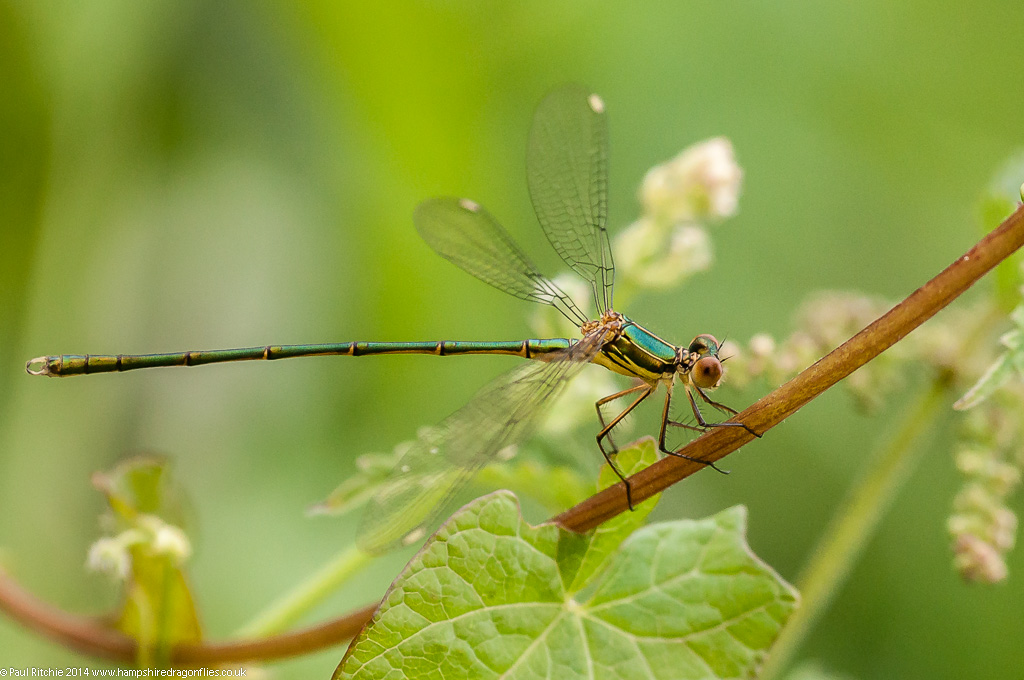
Once we were satisfied that we had grabbed as much as we were likely to in the conditions, we braved the M2 for Cliffe – a site we’d visited a year ago for the first time. There had already been reports of Scarce and Southern Emerald and during our drive we witnessed a rare celestial body breaking through the cloud.
The hardest part of a visit to Cliffe is the final stretch down a mile of pot-holed and precarious gravel track which in all honesty requires a four-wheel drive…or tank. Surprisingly – given my abhorrence to the M25 – was the worse part of our drive today. As a passenger a ride you wouldn’t go on twice at a fairground. Last year I chose to walk the most part.
After what seemed like an age, we arrived at the parking spot to find we weren’t the only dragonfly enthusiasts here today. Crossing the gate we bumped into two chaps from Brighton who had already found their prizes; the Southern in the same bunch of thistle scrub we found the Scarce last season.
The Scarce were seemingly everywhere. Males were scouring a large section of the ditch, and at first were hard to concentrate on among the rustling and splashes of Marsh Frogs jumping to the sanctuary of the ditch at our passing.

The females were harder to track down today. I saw only the one single and lost her within the reeds. So in the interest of continuity I’ll repost the one I managed last season.
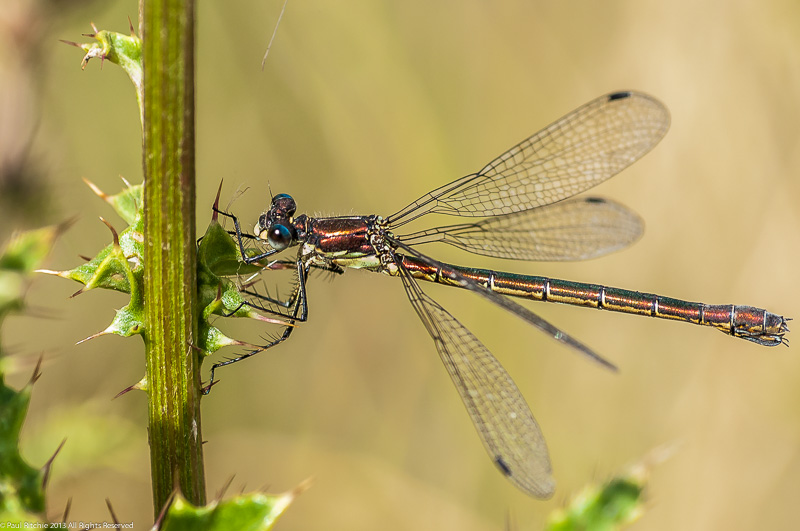
Later Sue pointed out a tandem pair jumping from one reed to another allowing the female to oviposit.
A small, thistle-strewn section of scrub in the corner provided our first ever sightings of the (UK) rare Southern Emerald – a ‘lifer’ for me as was the Willow. I’m more than content.
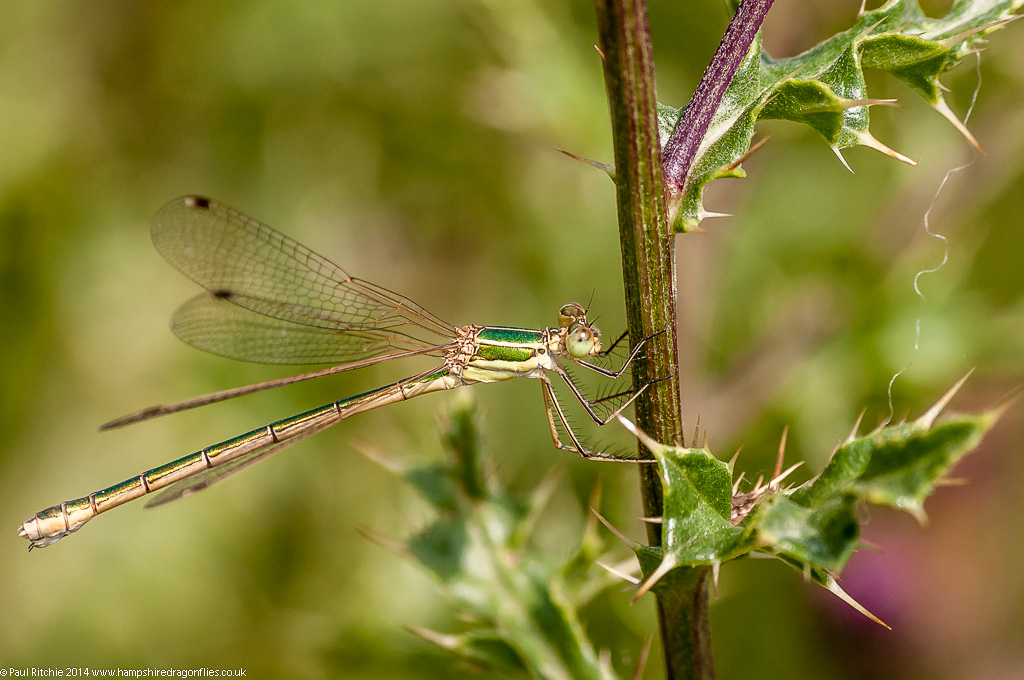
The Southern were found in the same small patch of scrub that we found the Scarce last season; which in all honesty I was expecting to find the bulk of the latter. But it was in fact the chosen place for the Southern, and I filled my boots (once again, not wellies for a change) and concentrated here for the time being.
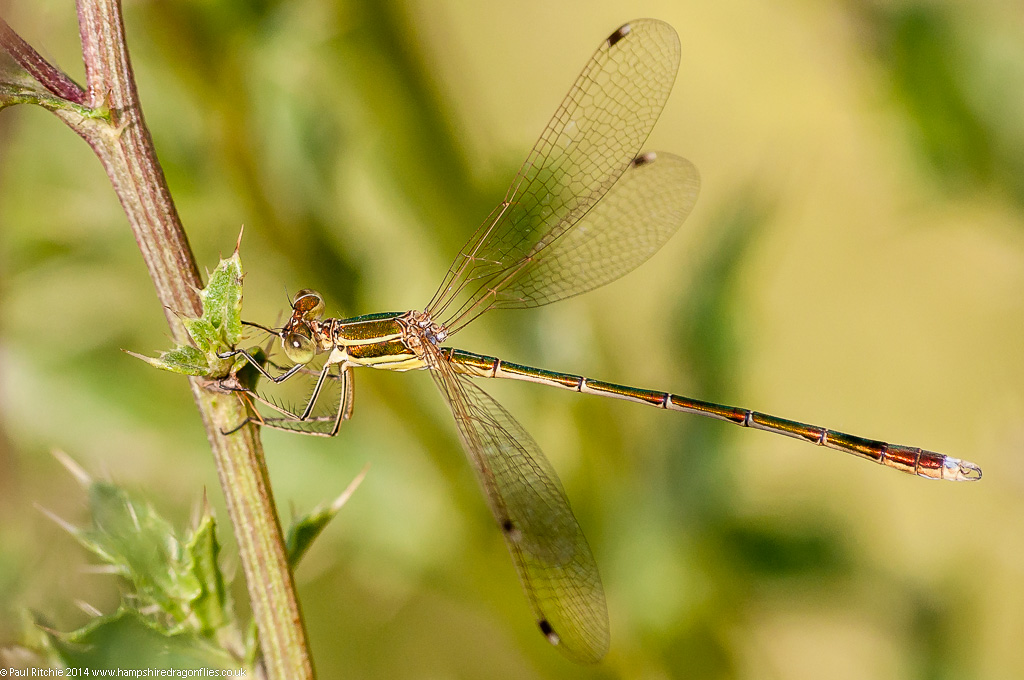
After my fill I carried on around the square border of the field, rewarded with the most fantastic display of Ruddy Darters – swarming in a way I’ve not witnessed since the annual Common Darter display found on Beaulieu Heath if you catch it at the right time.
But today belonged to the Emeralds. A hat trick of rarities including two ‘lifers’. Thanks again to Marc Heath for providing location details for the Willow.

